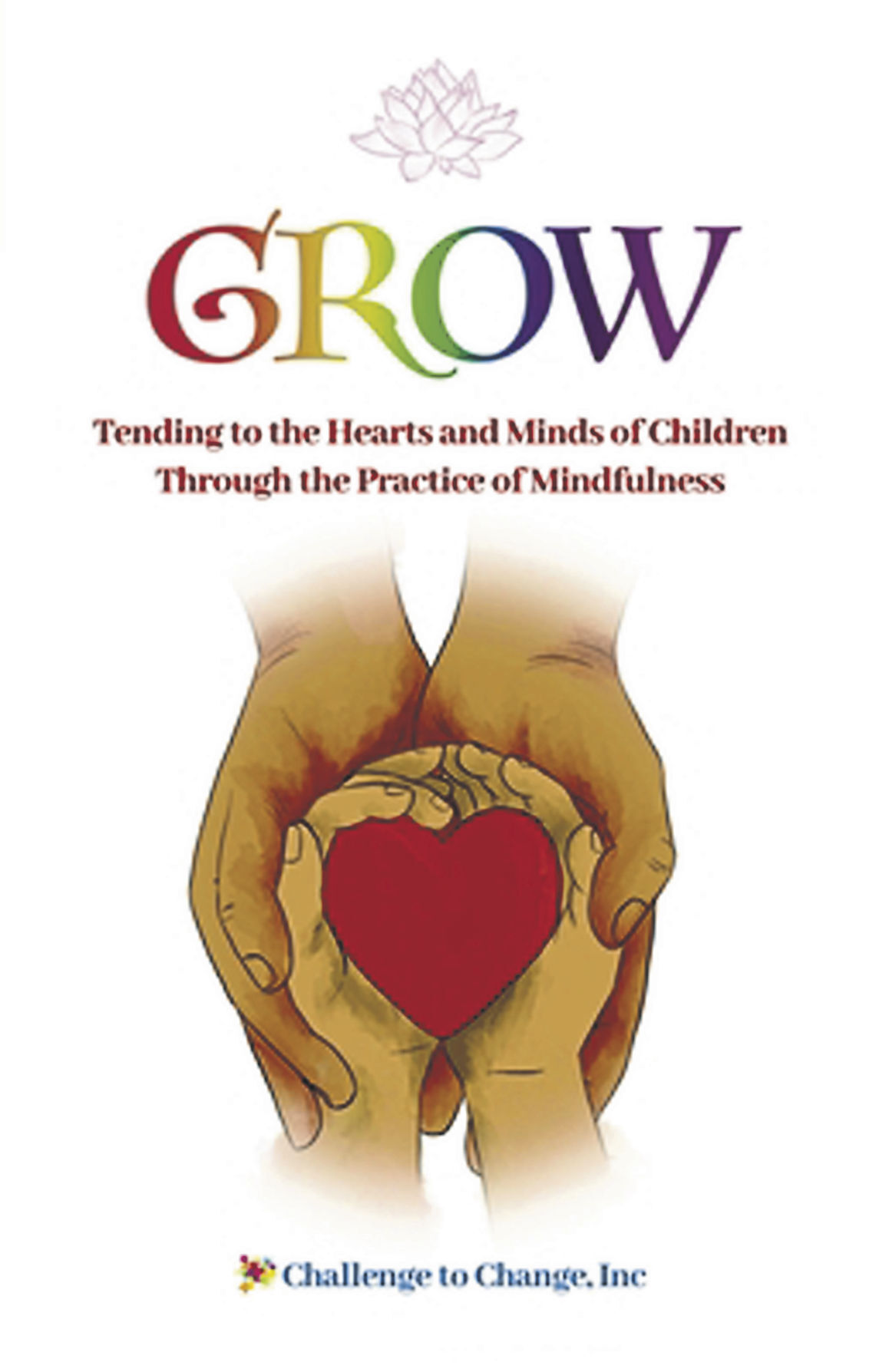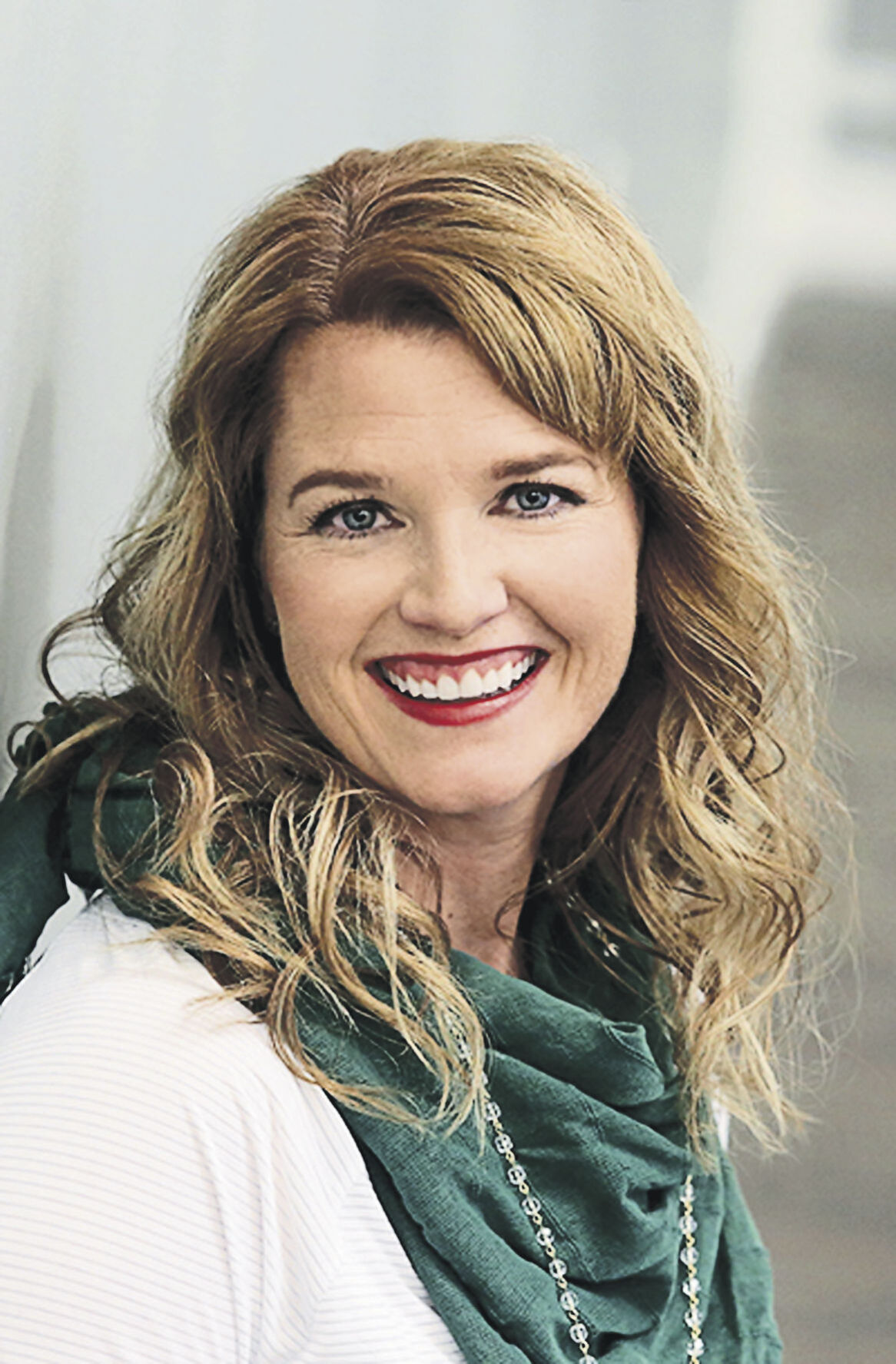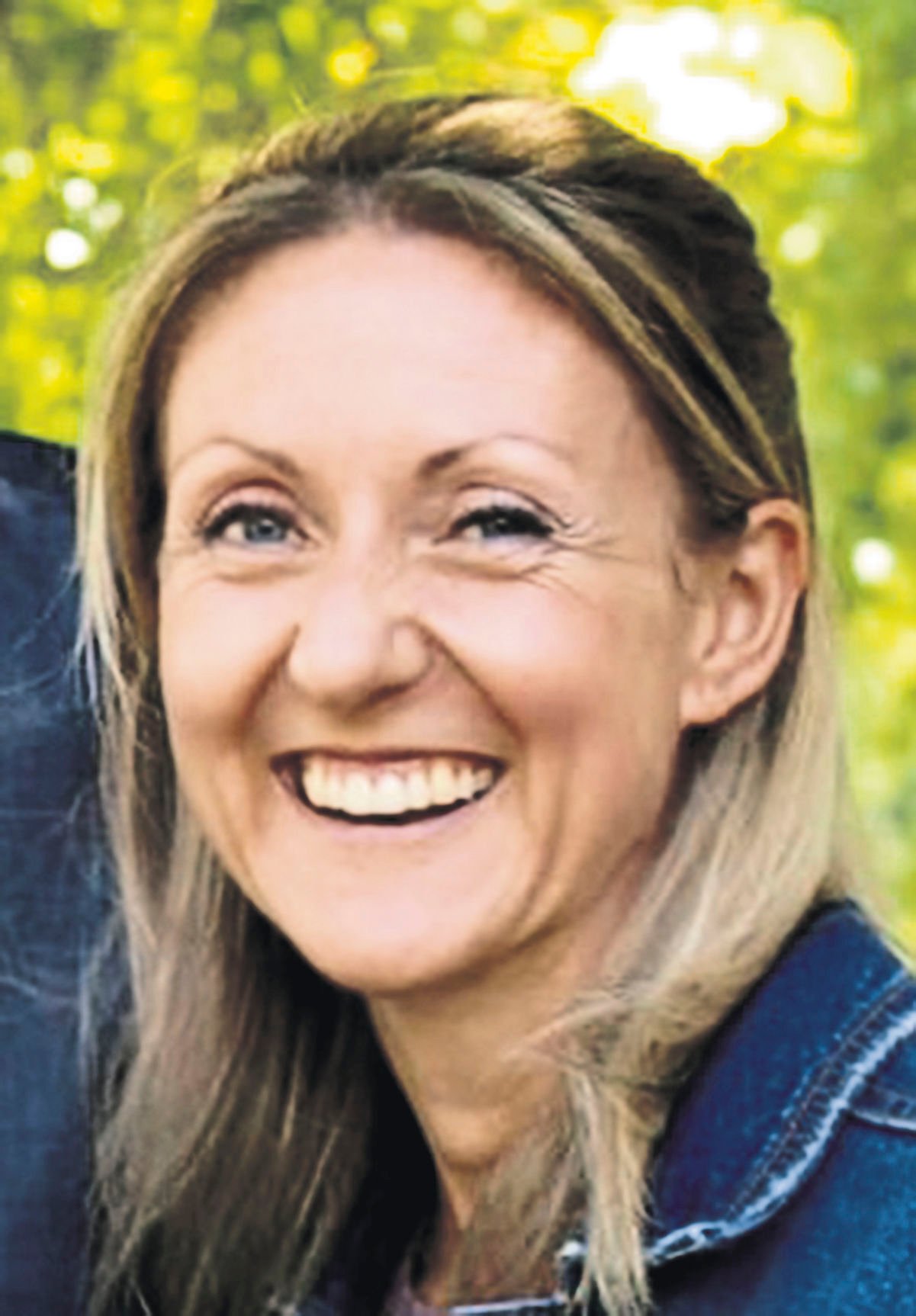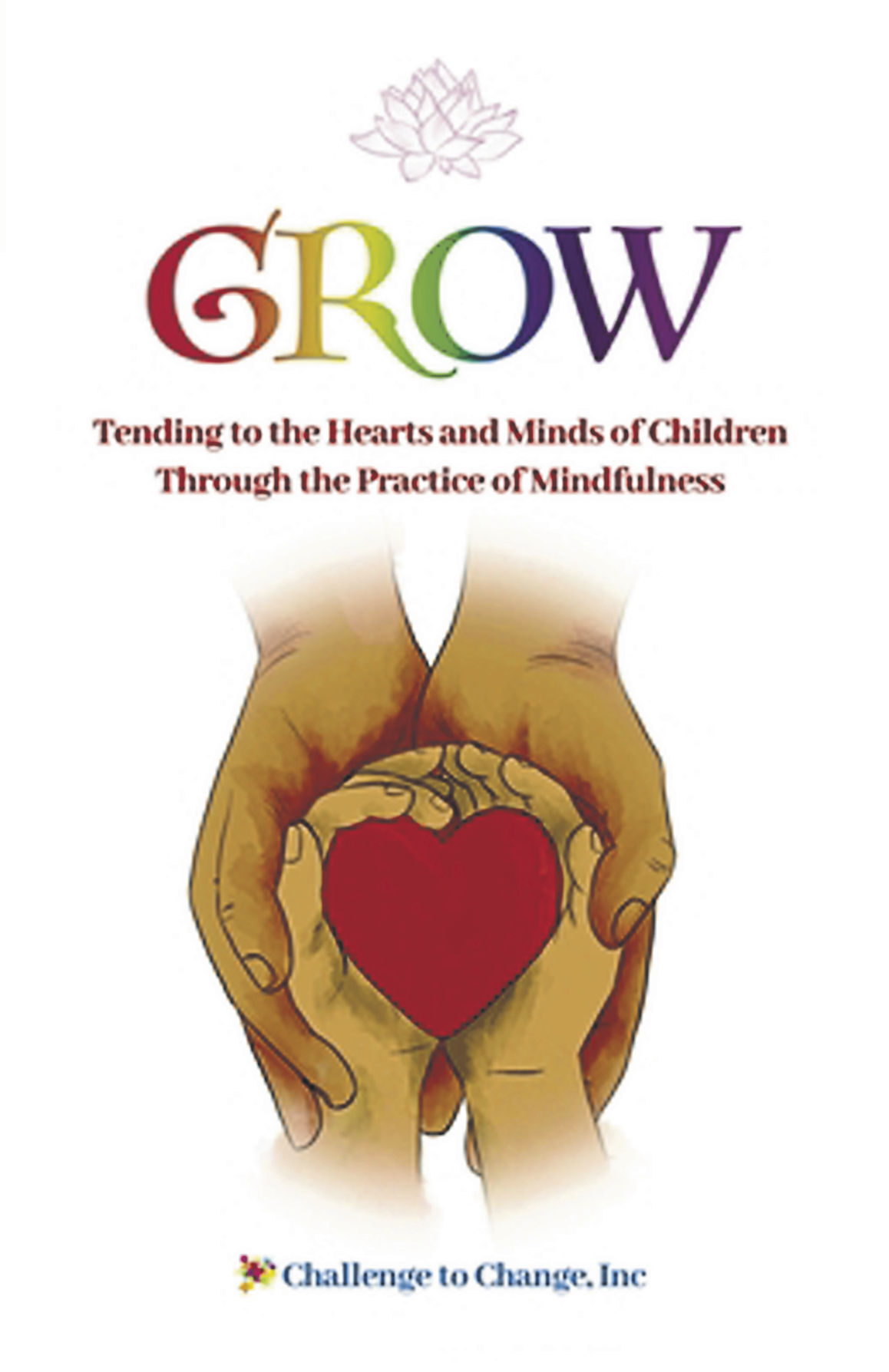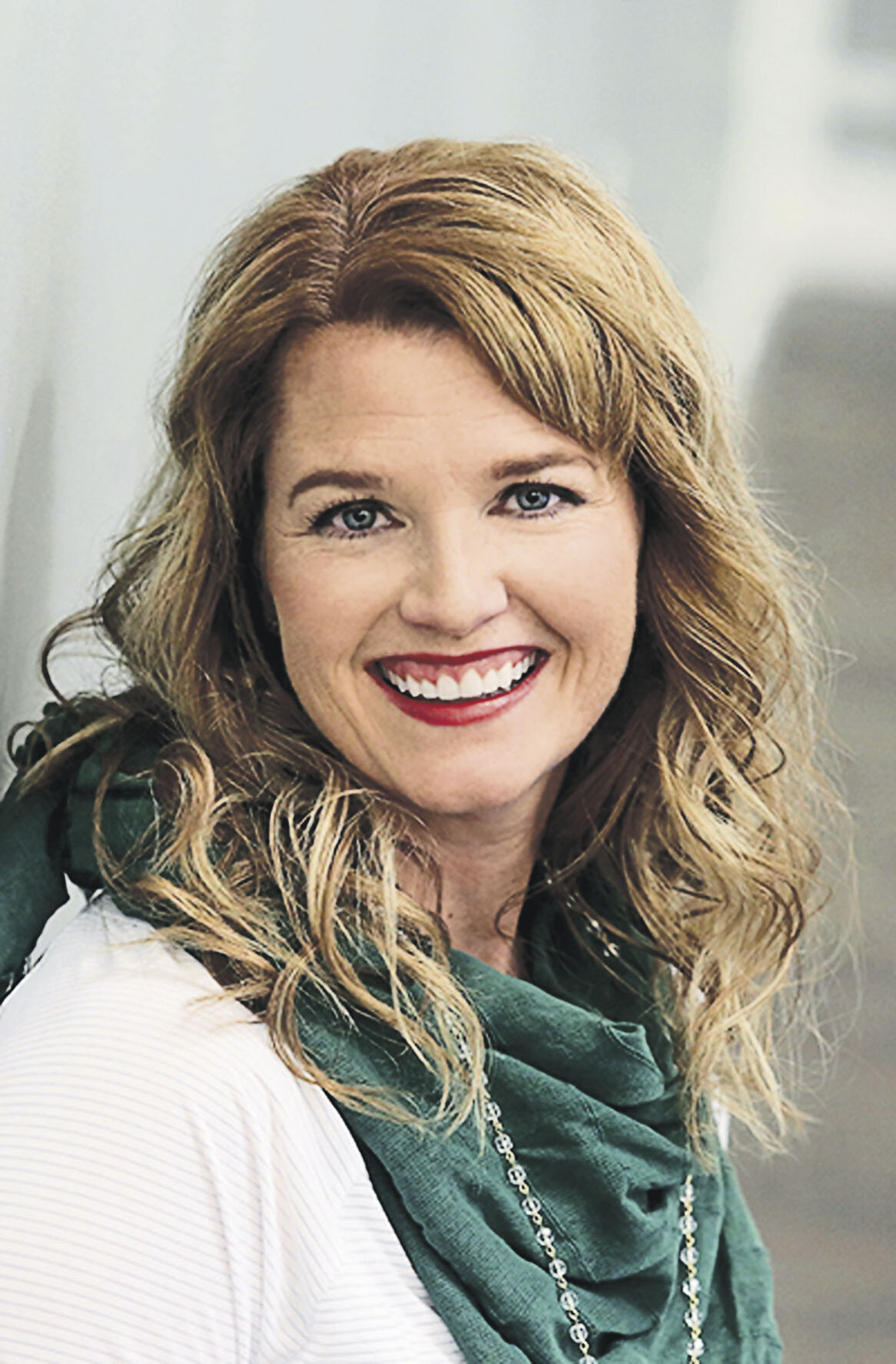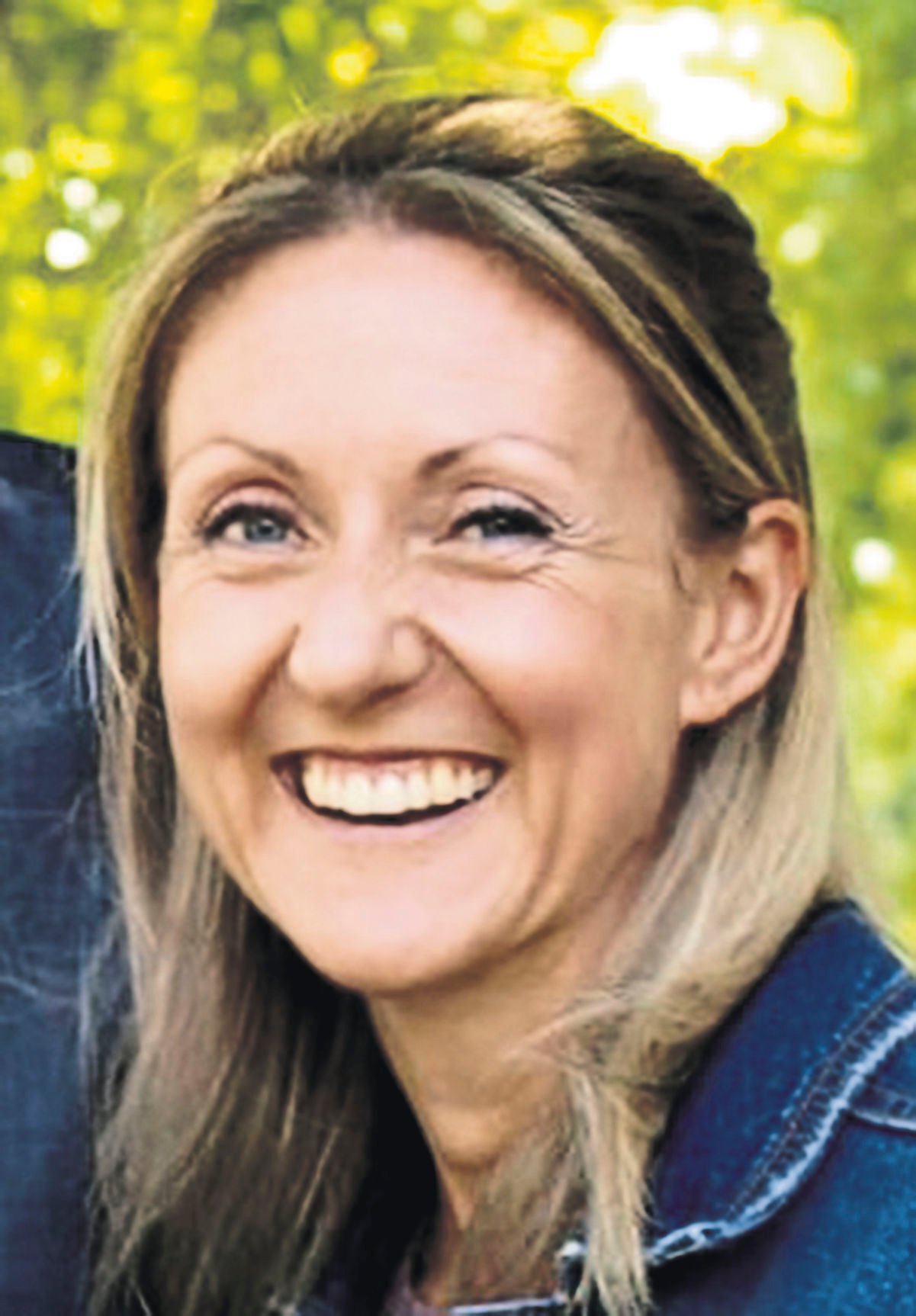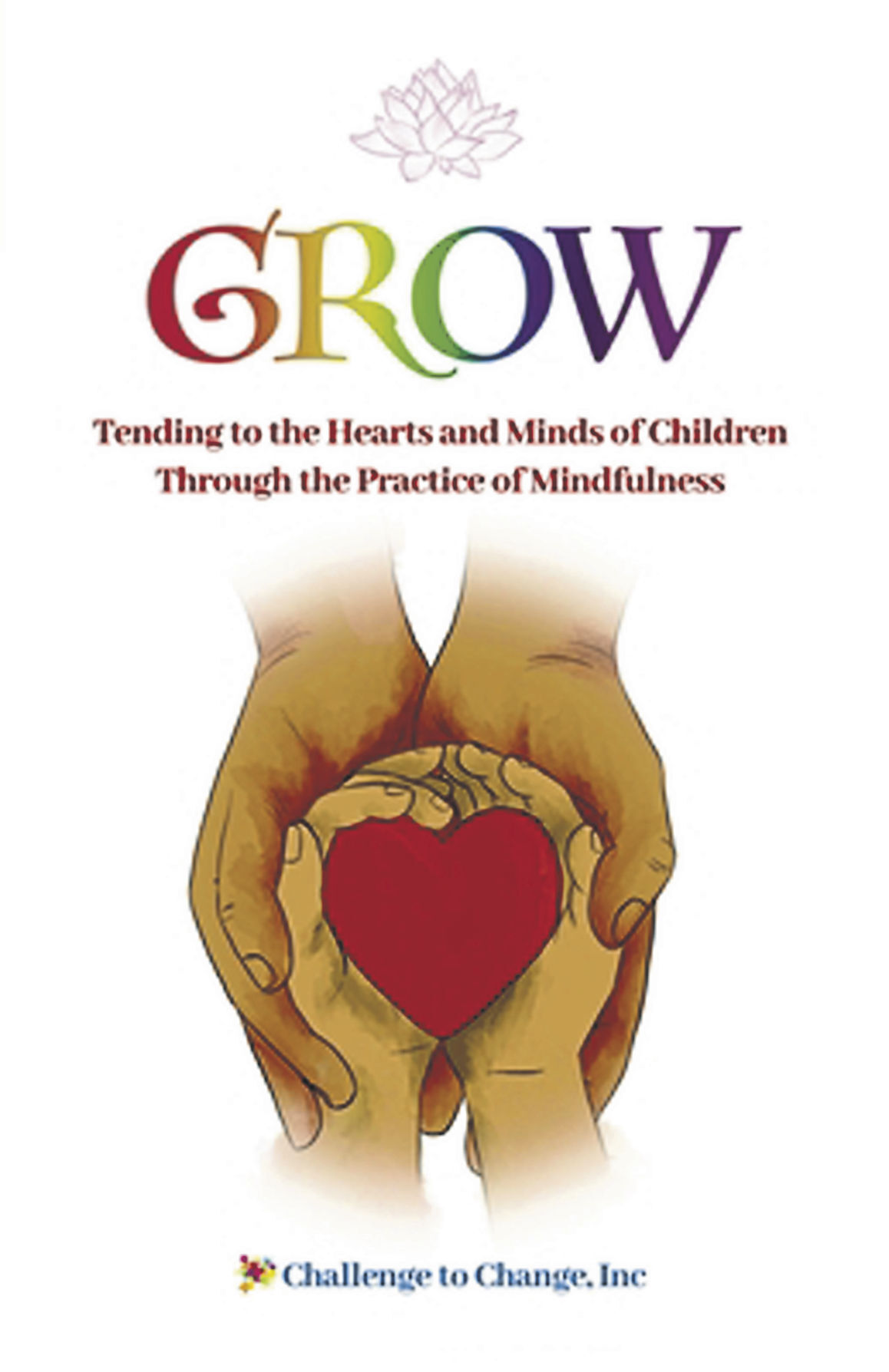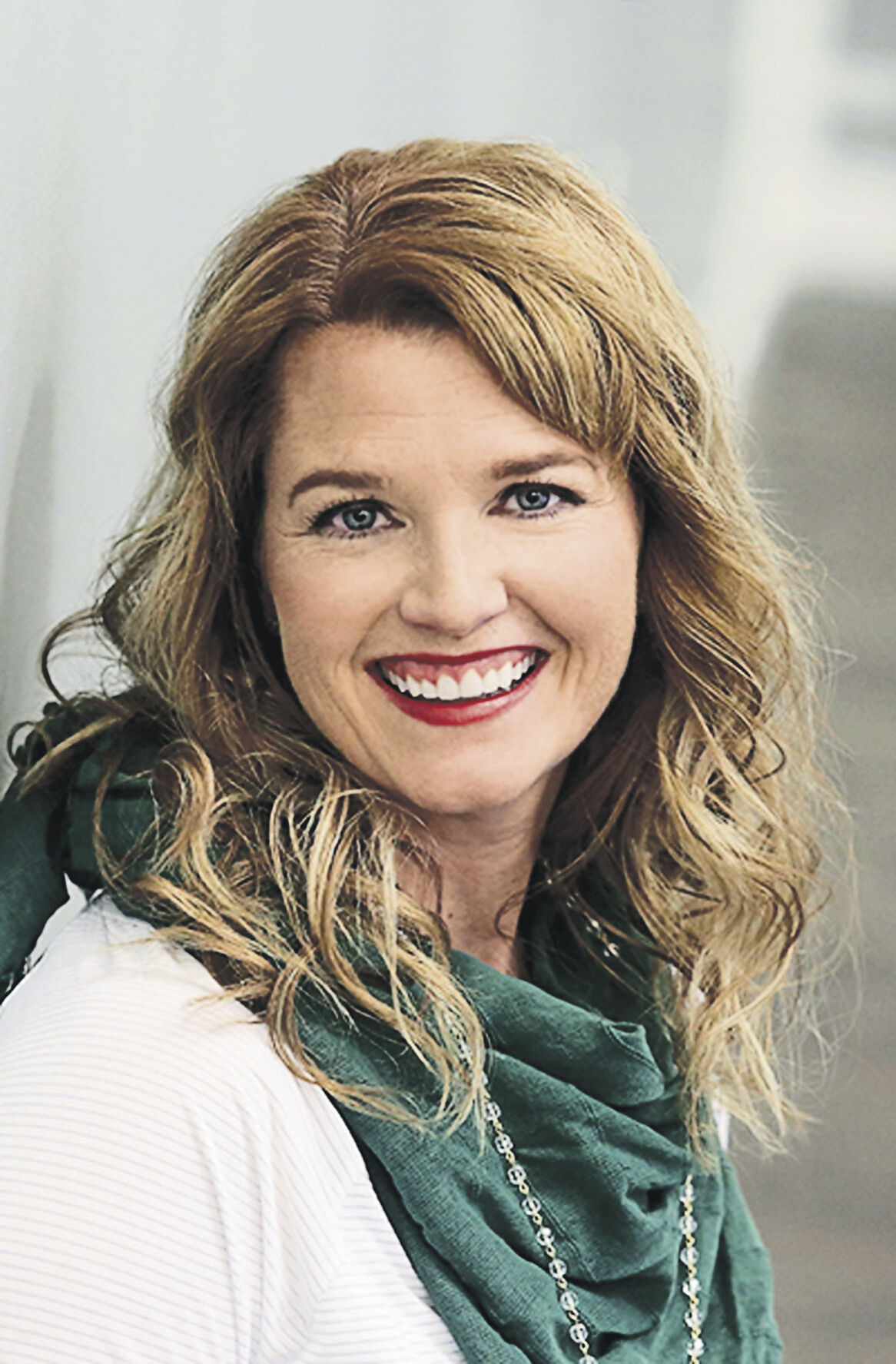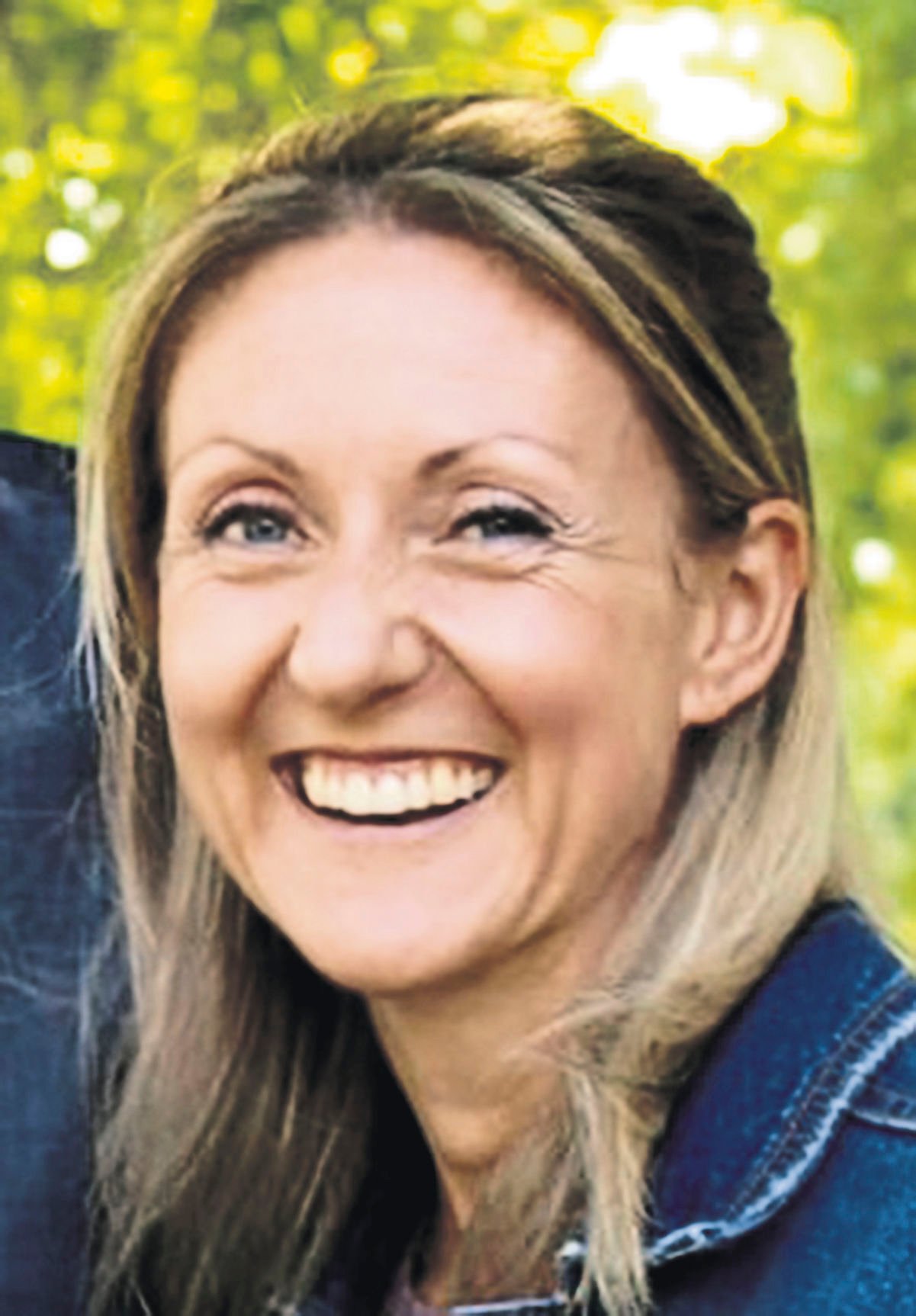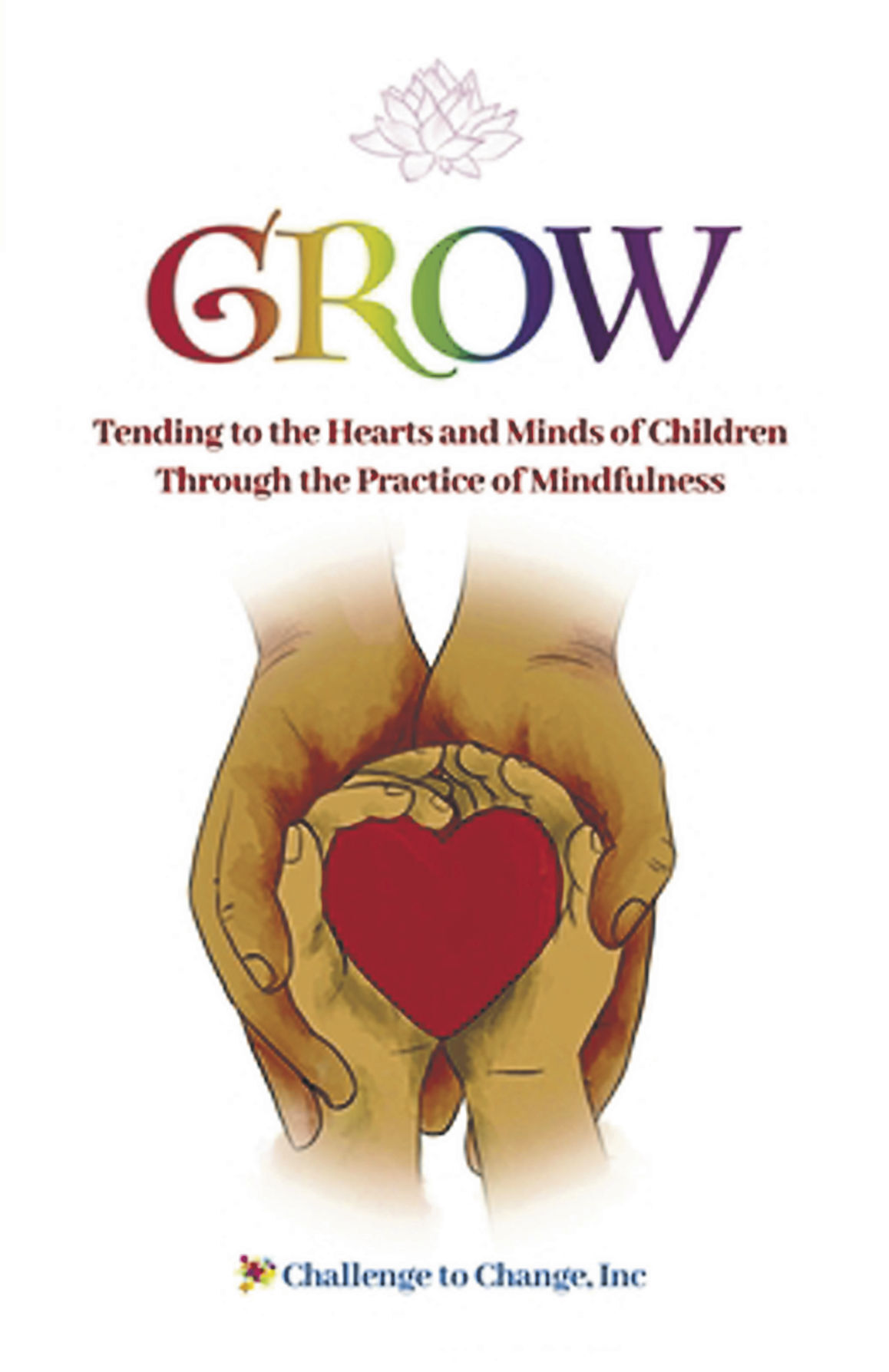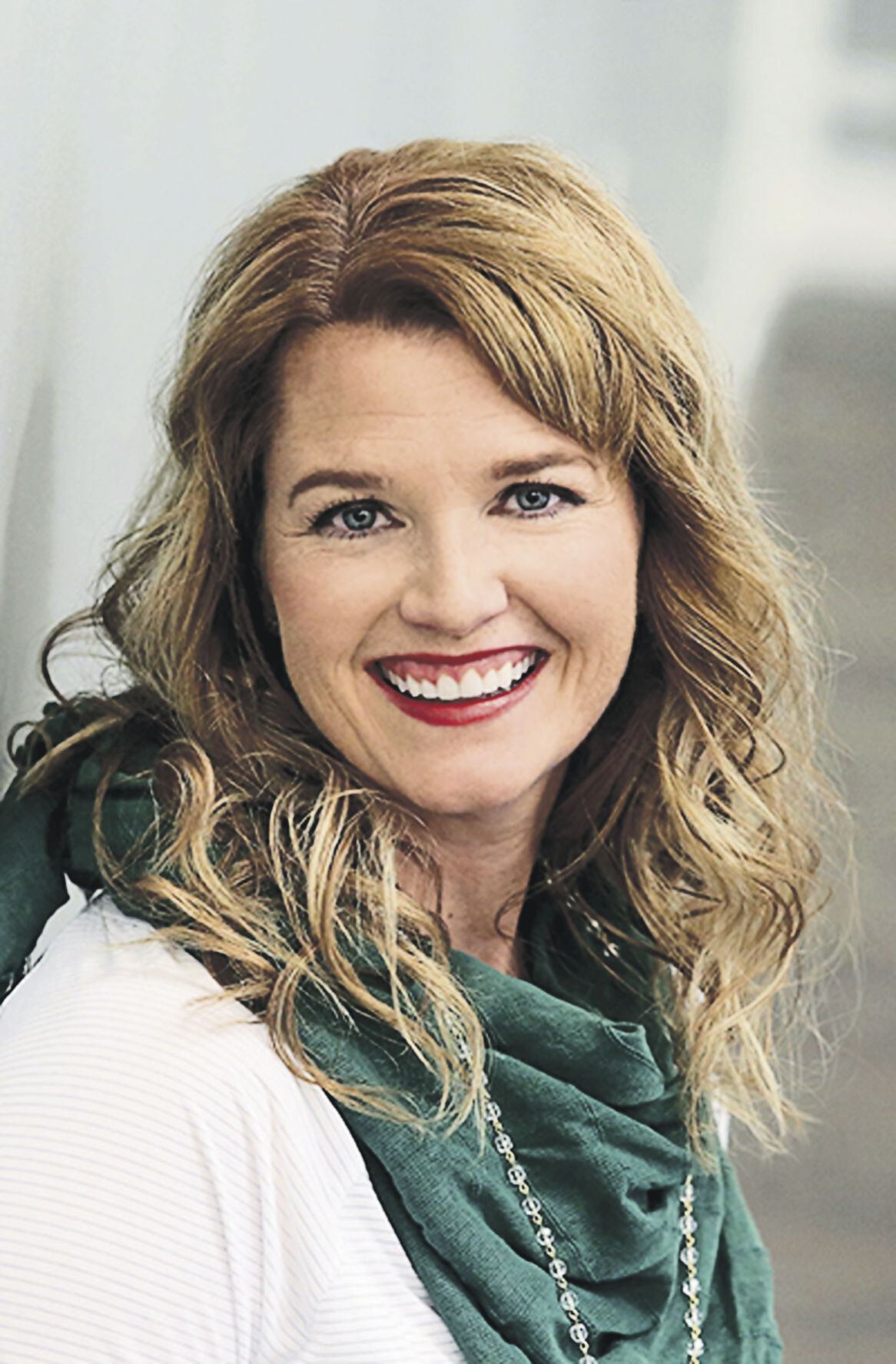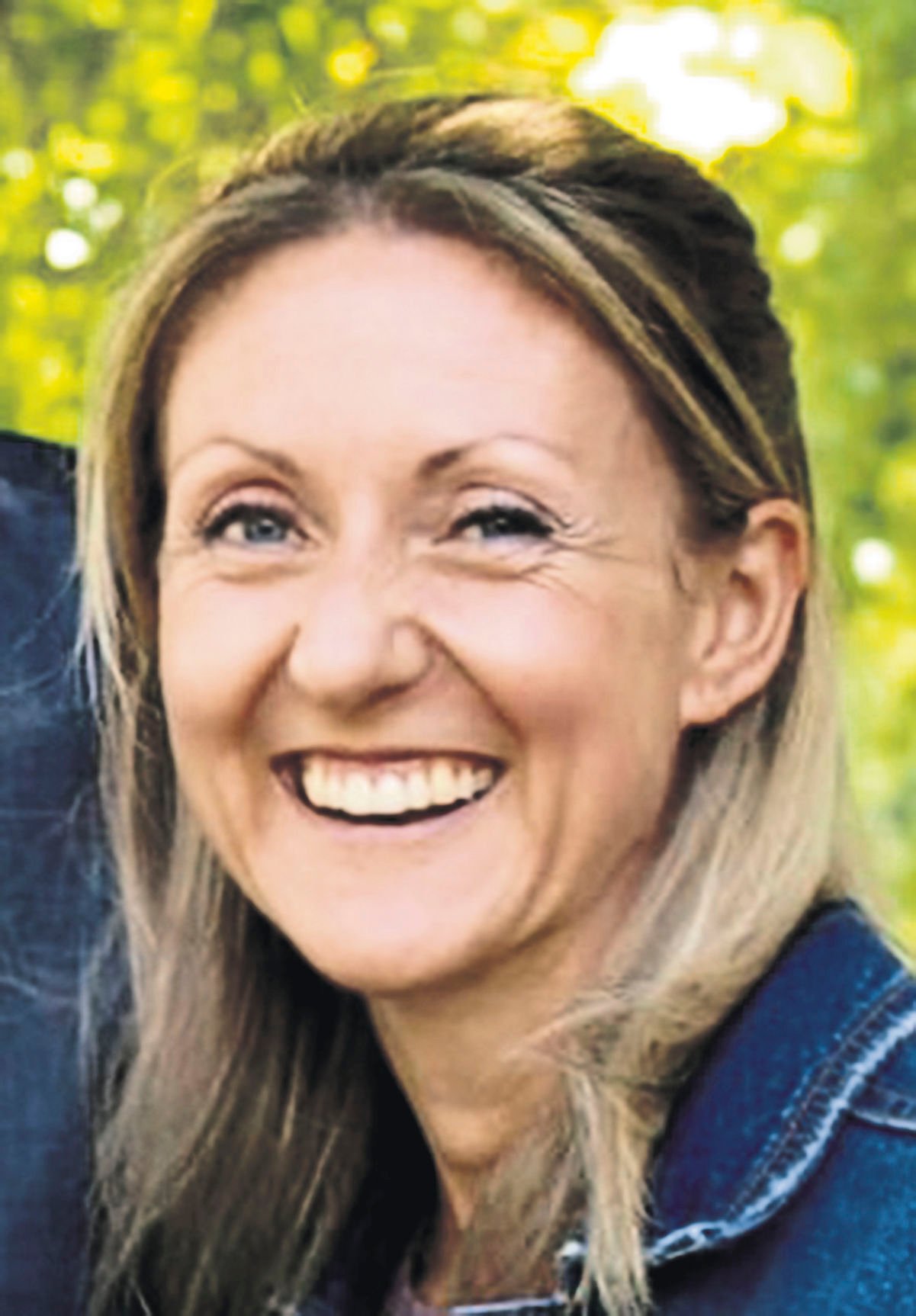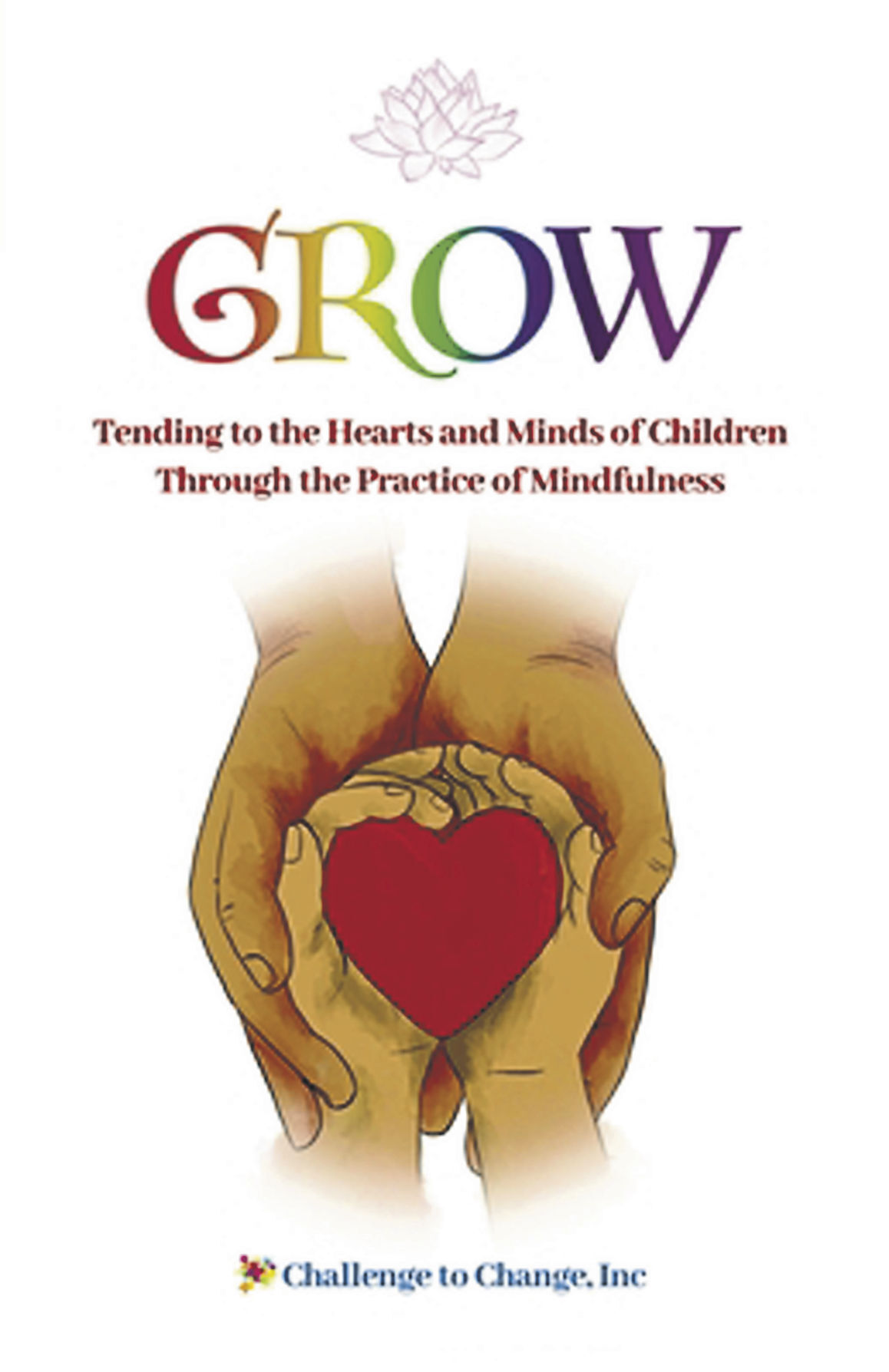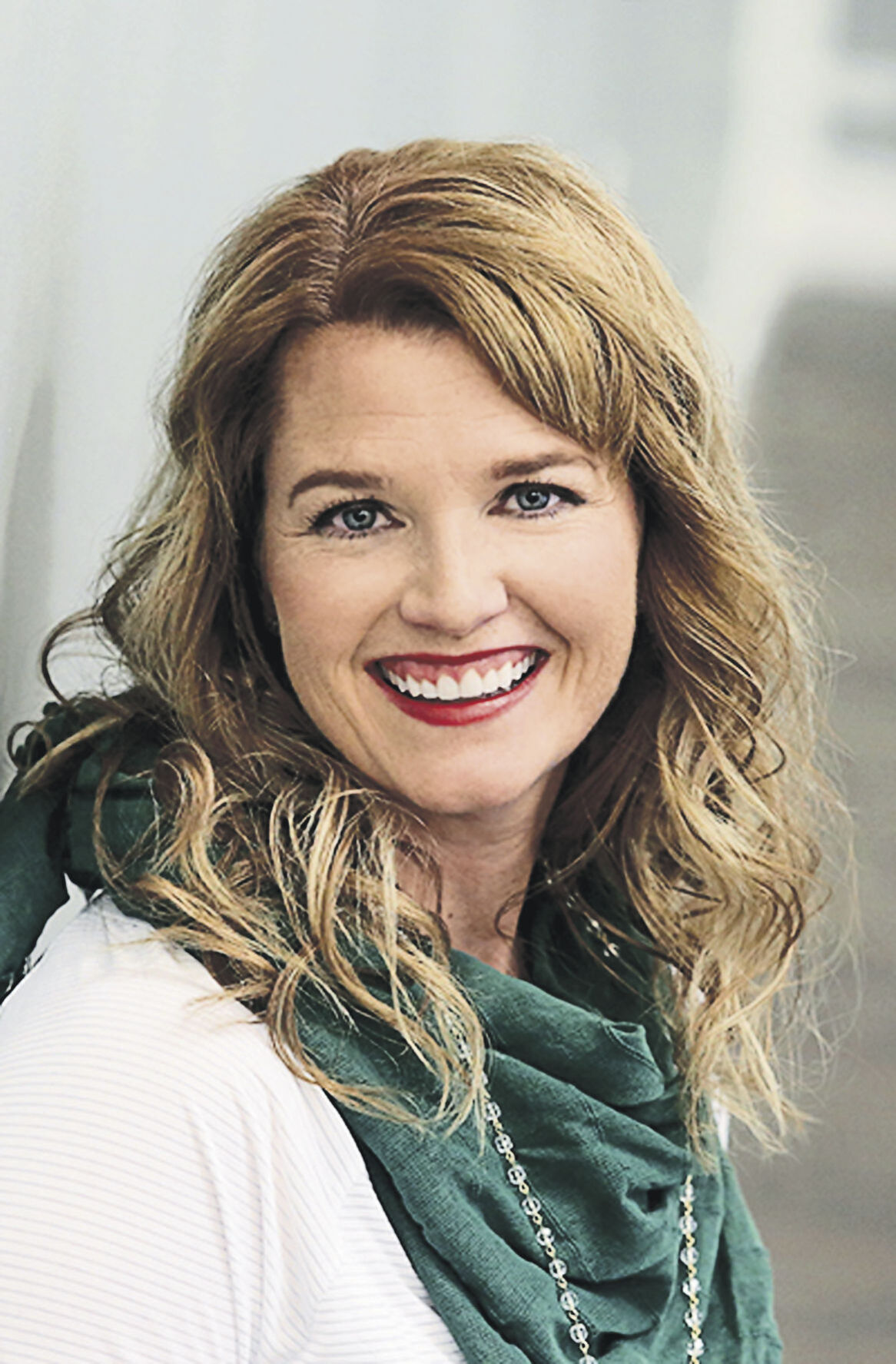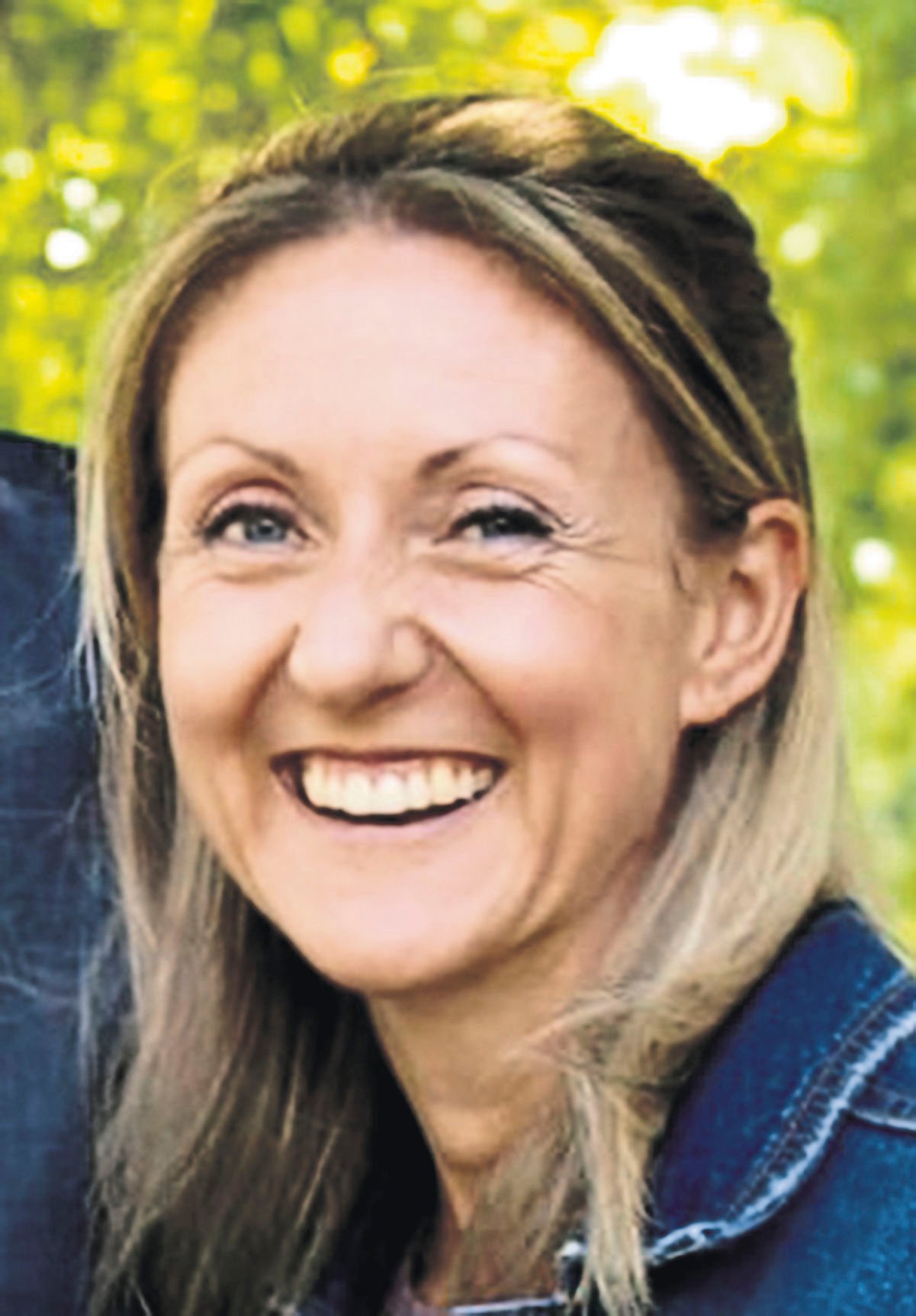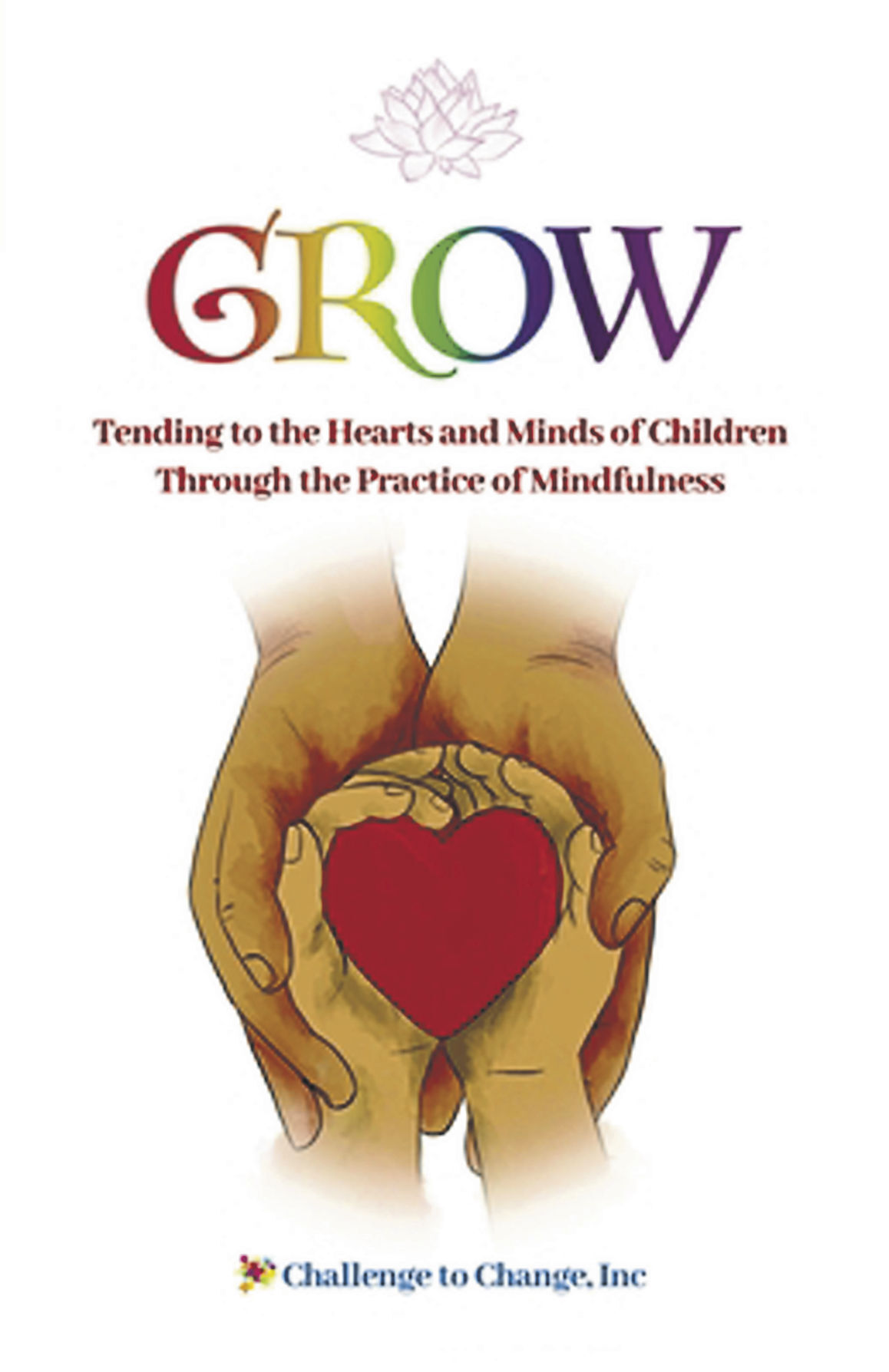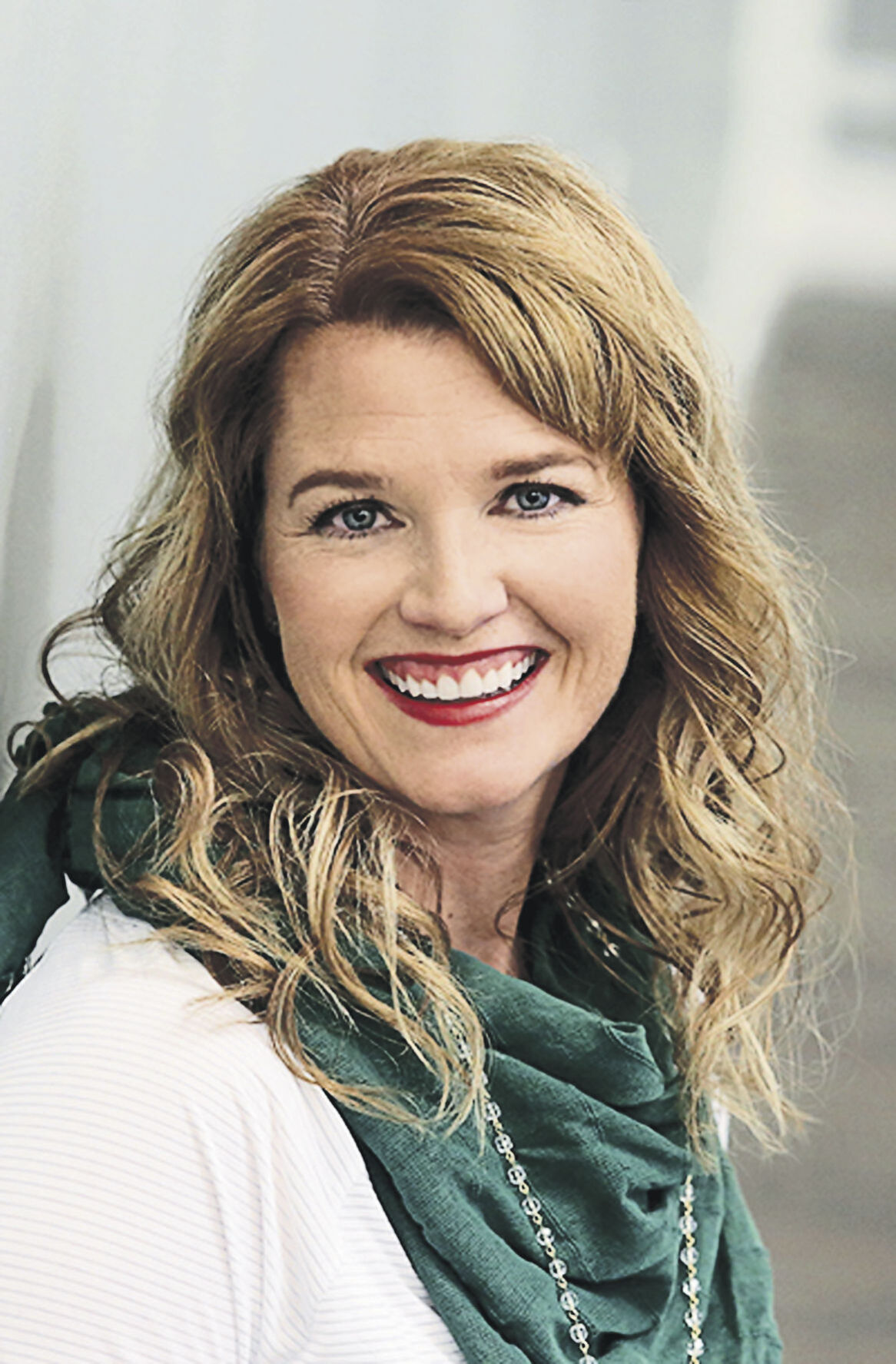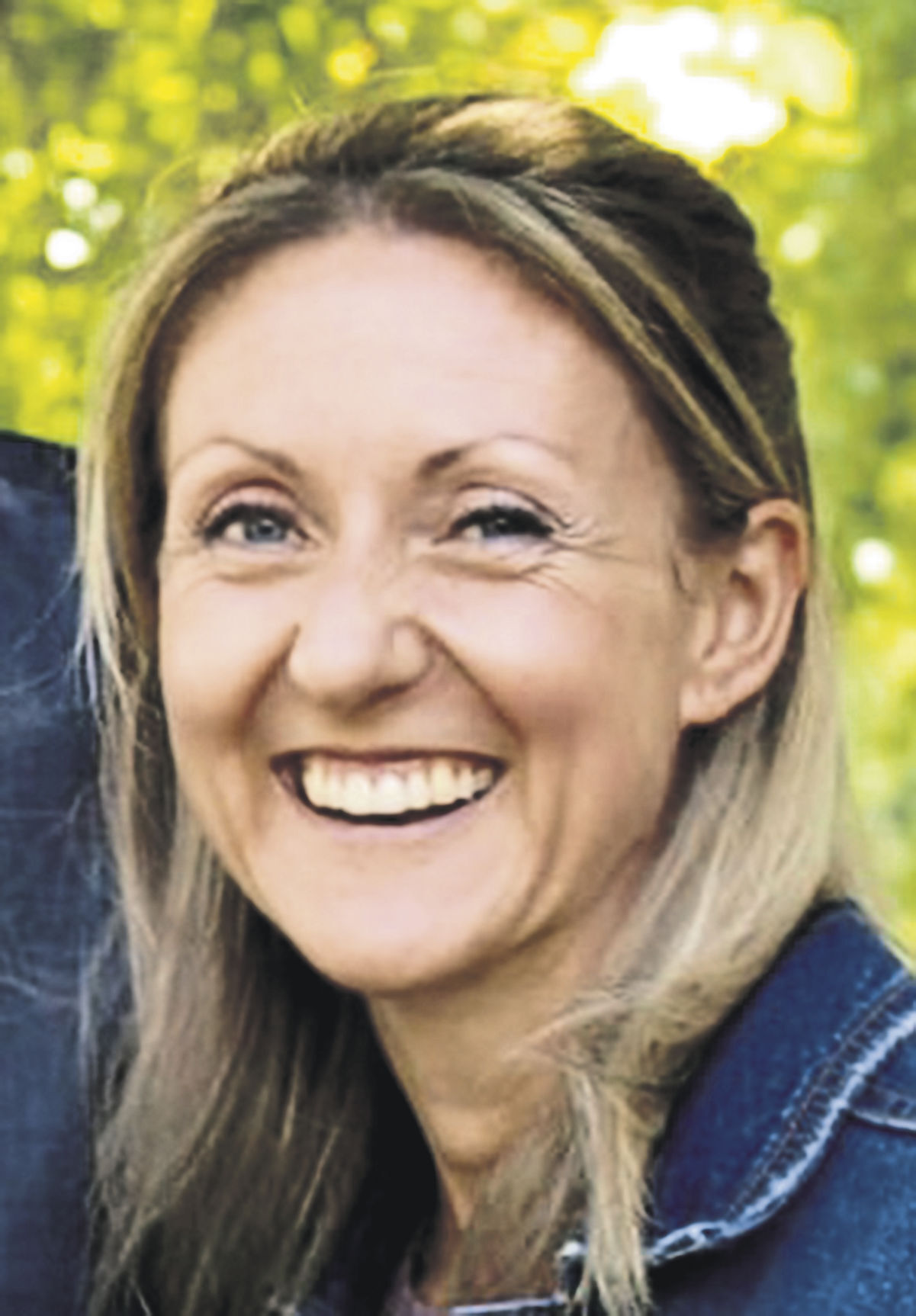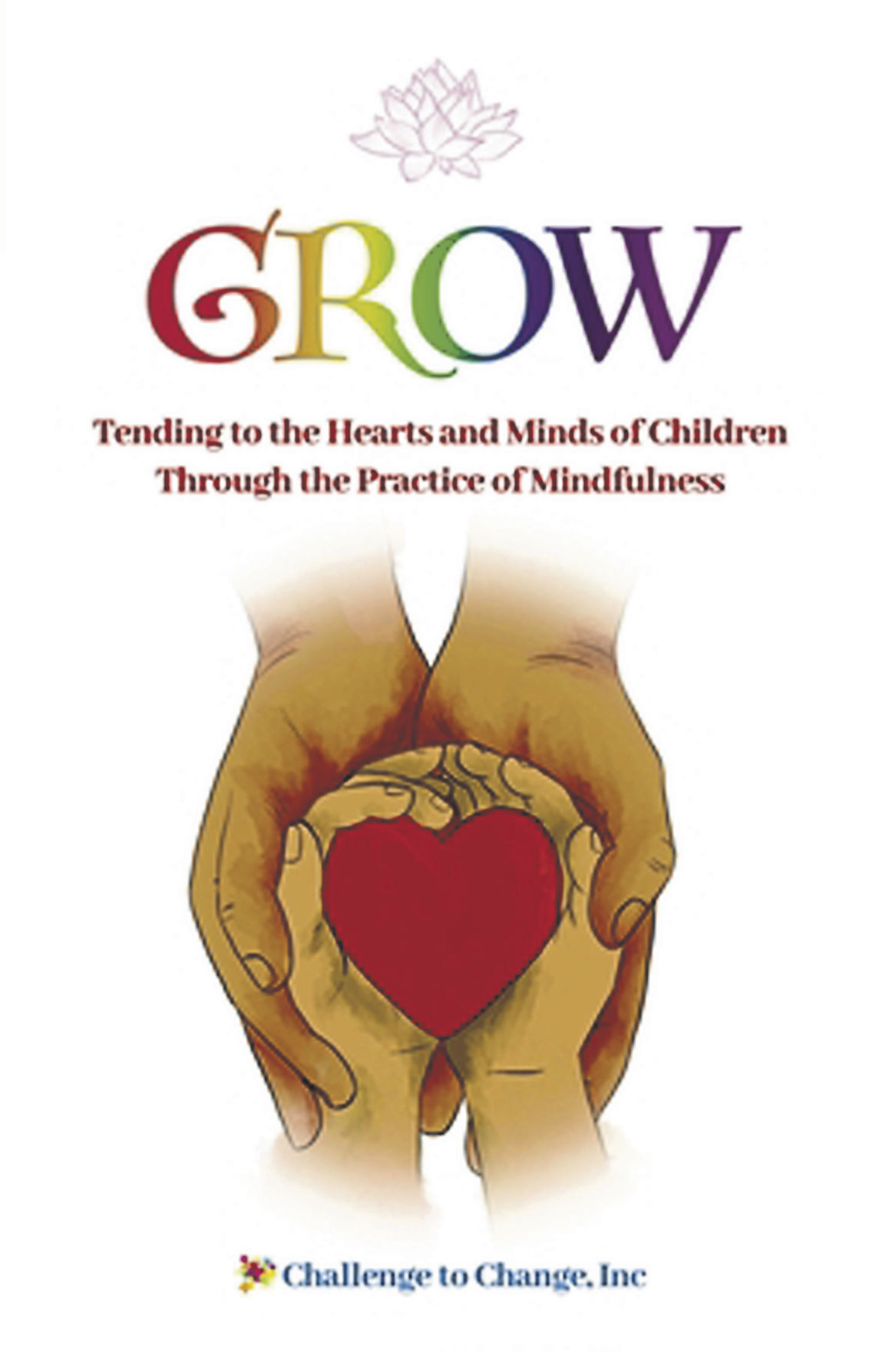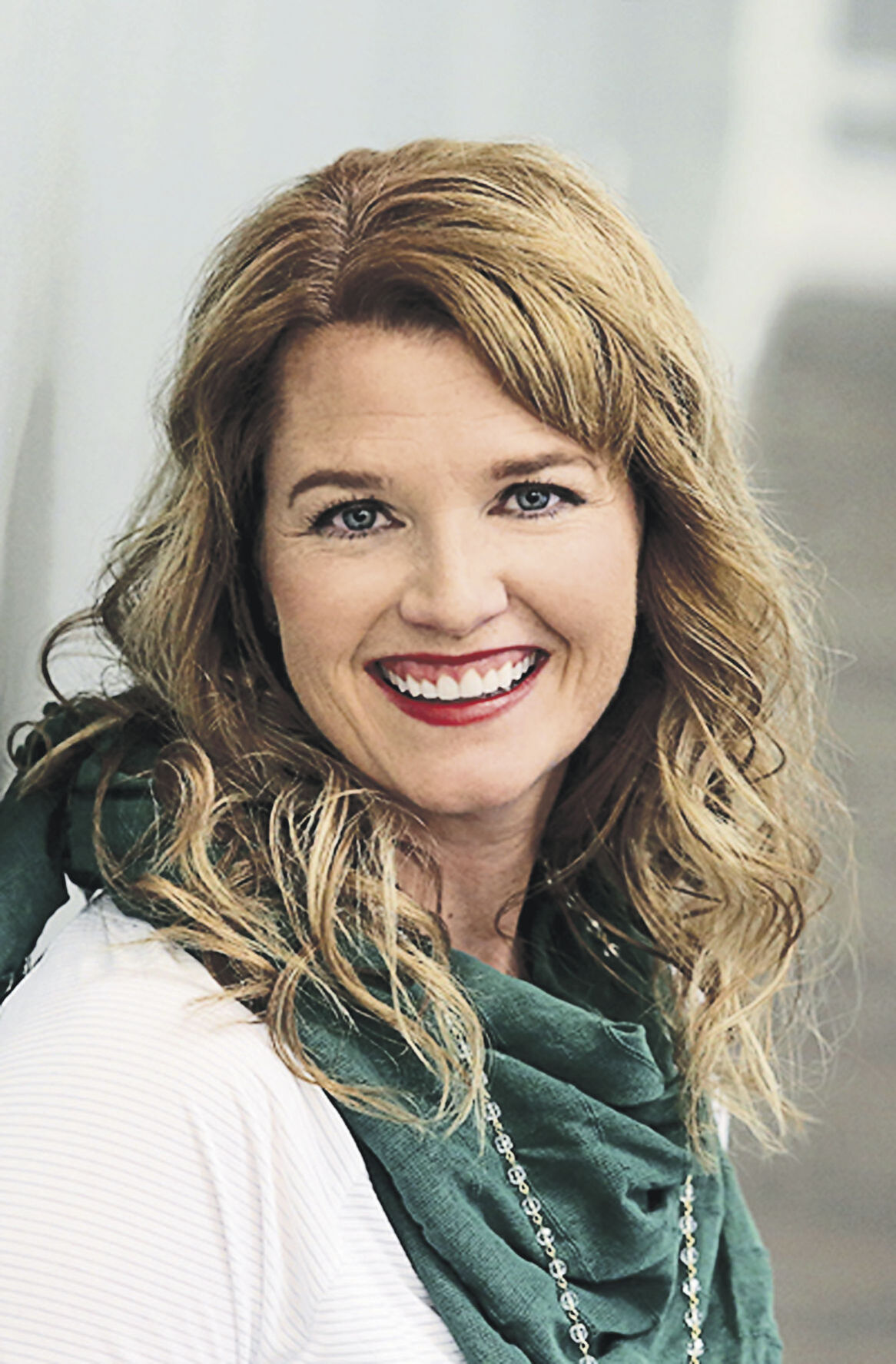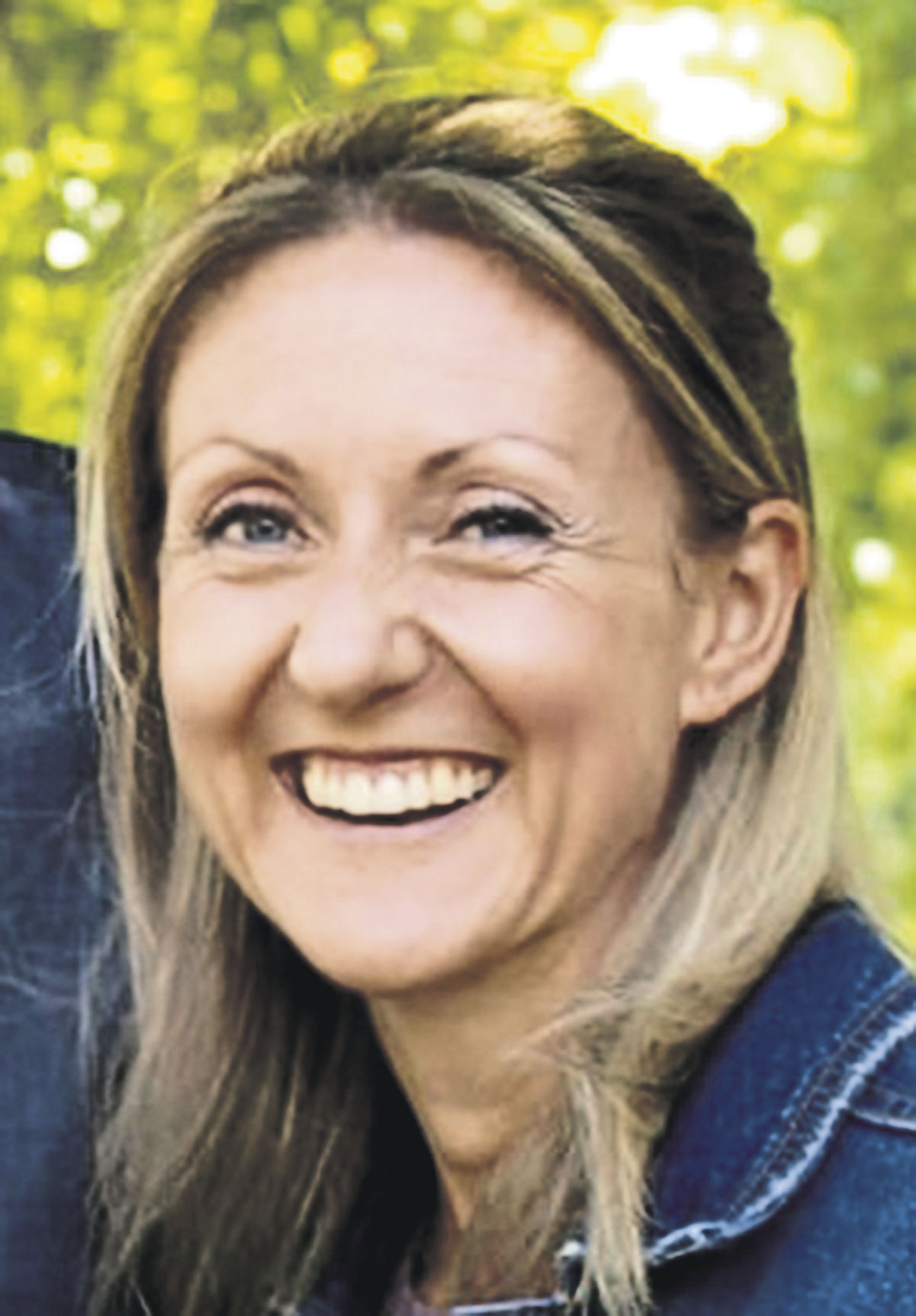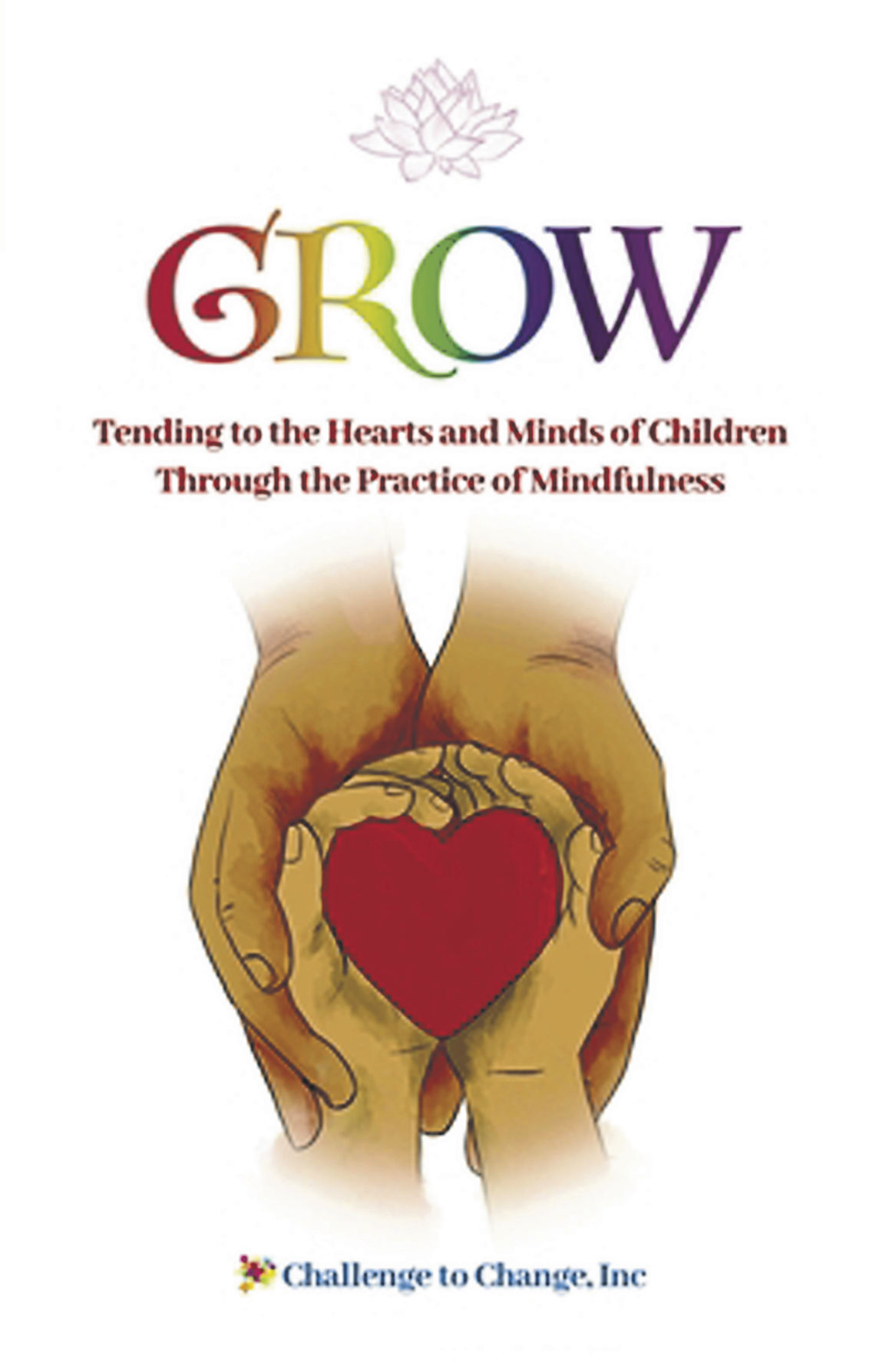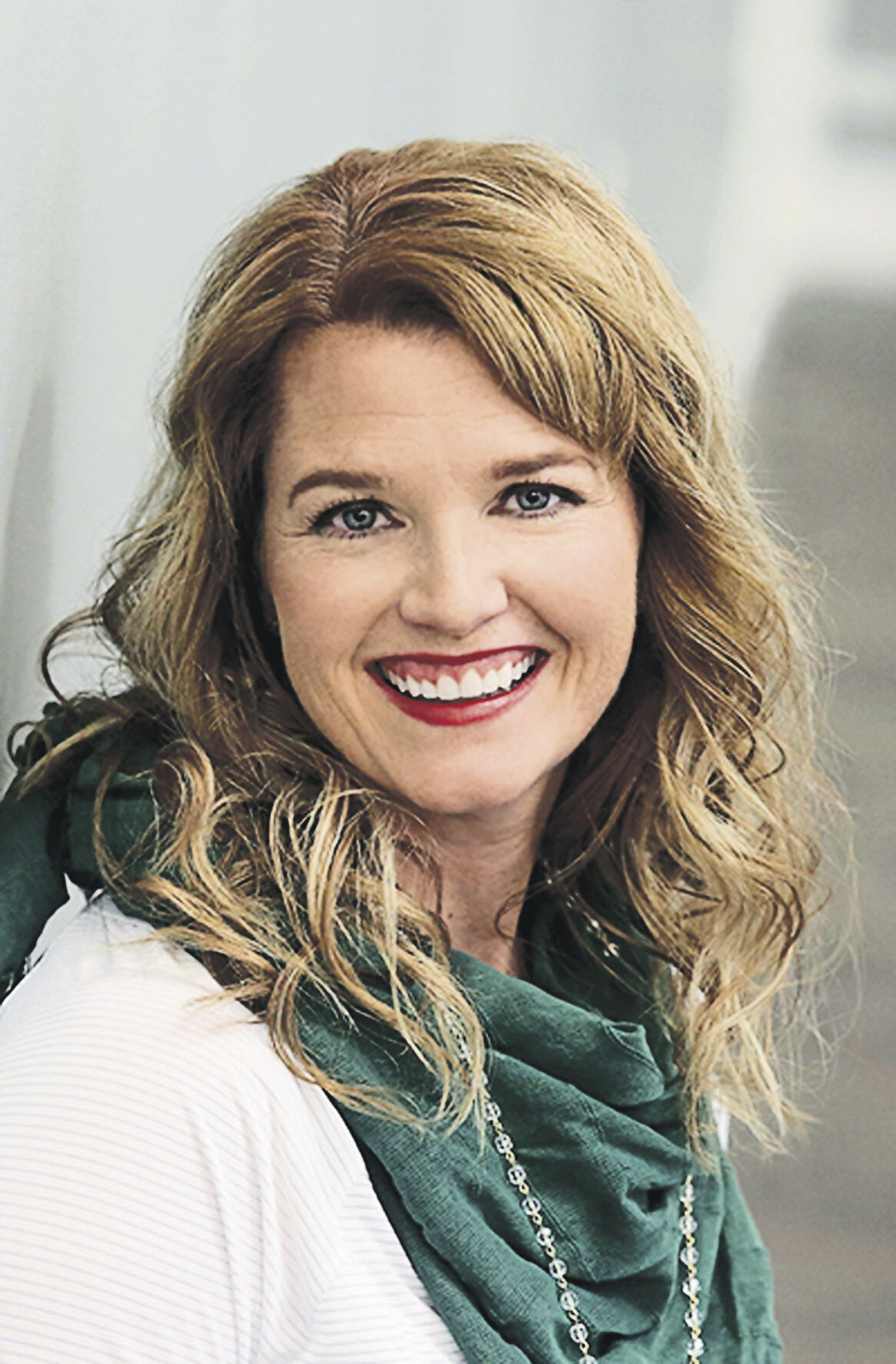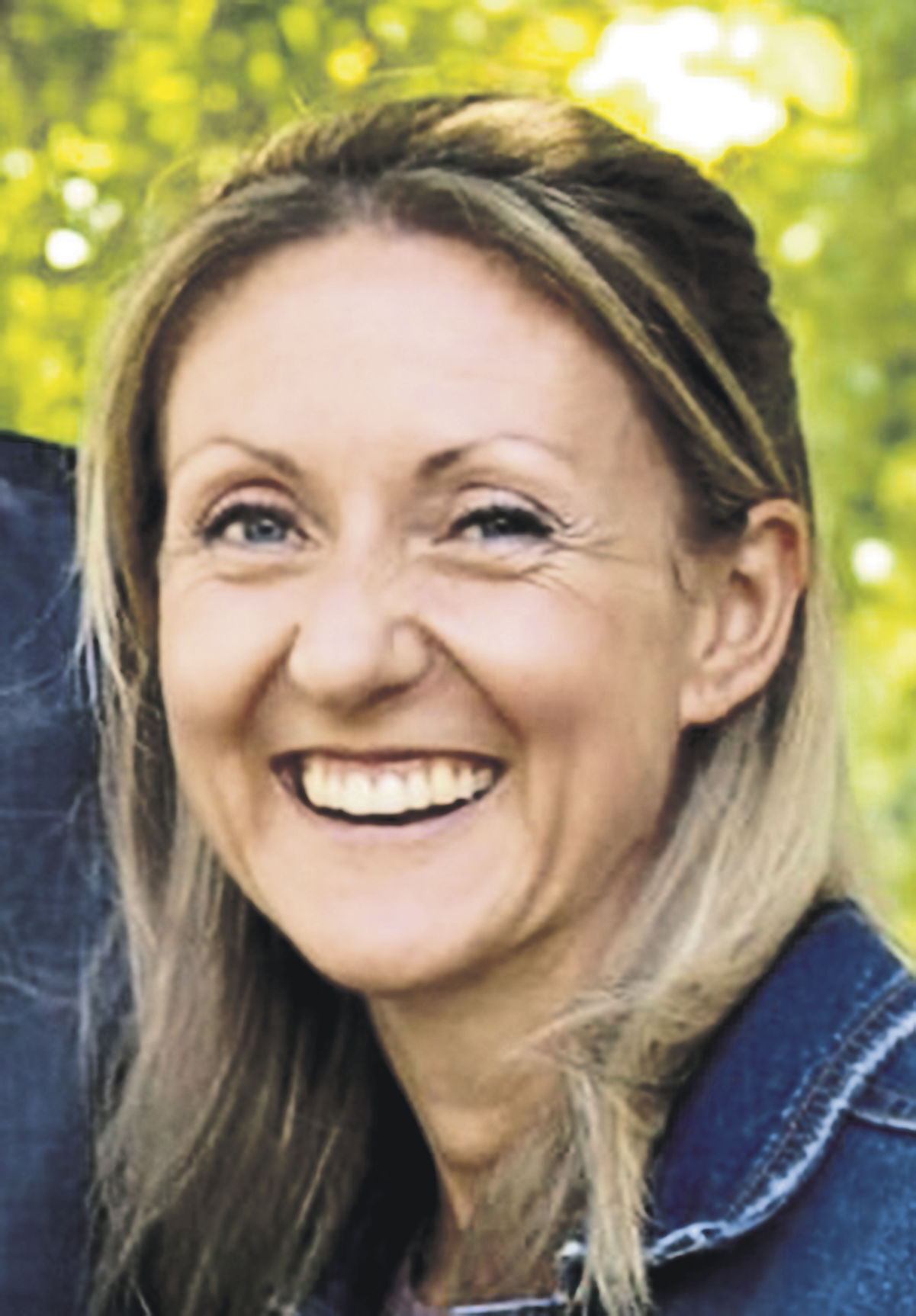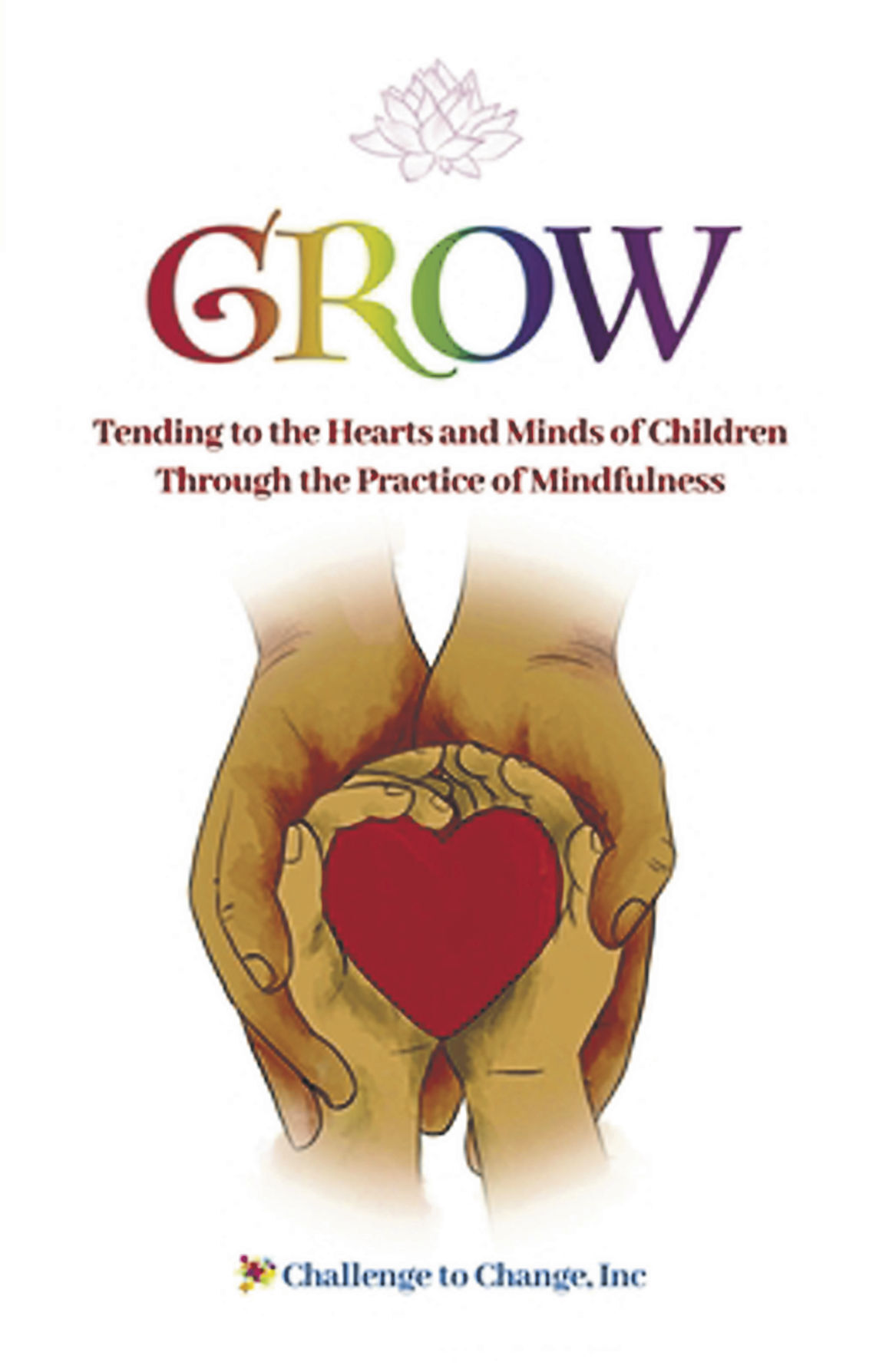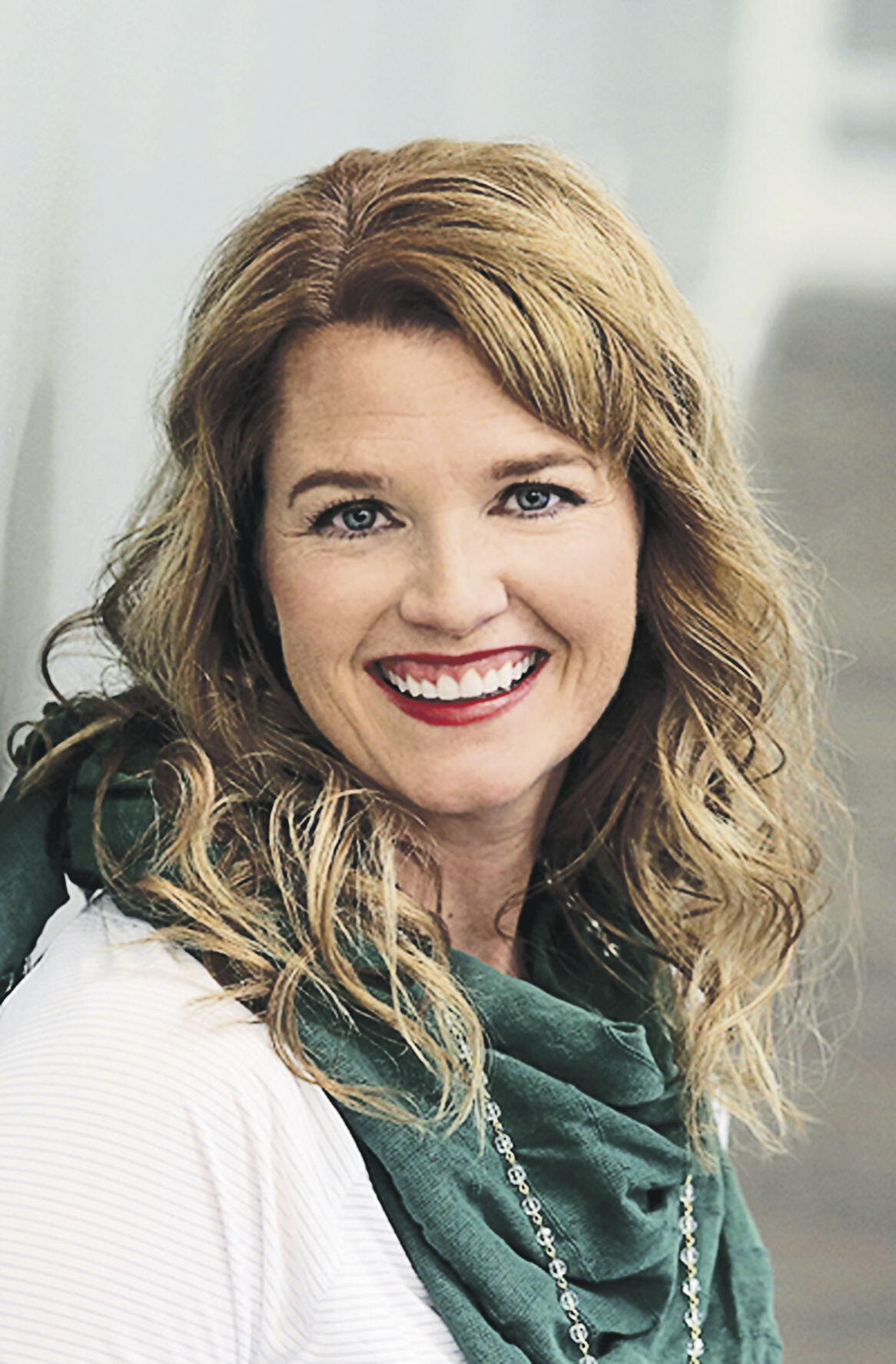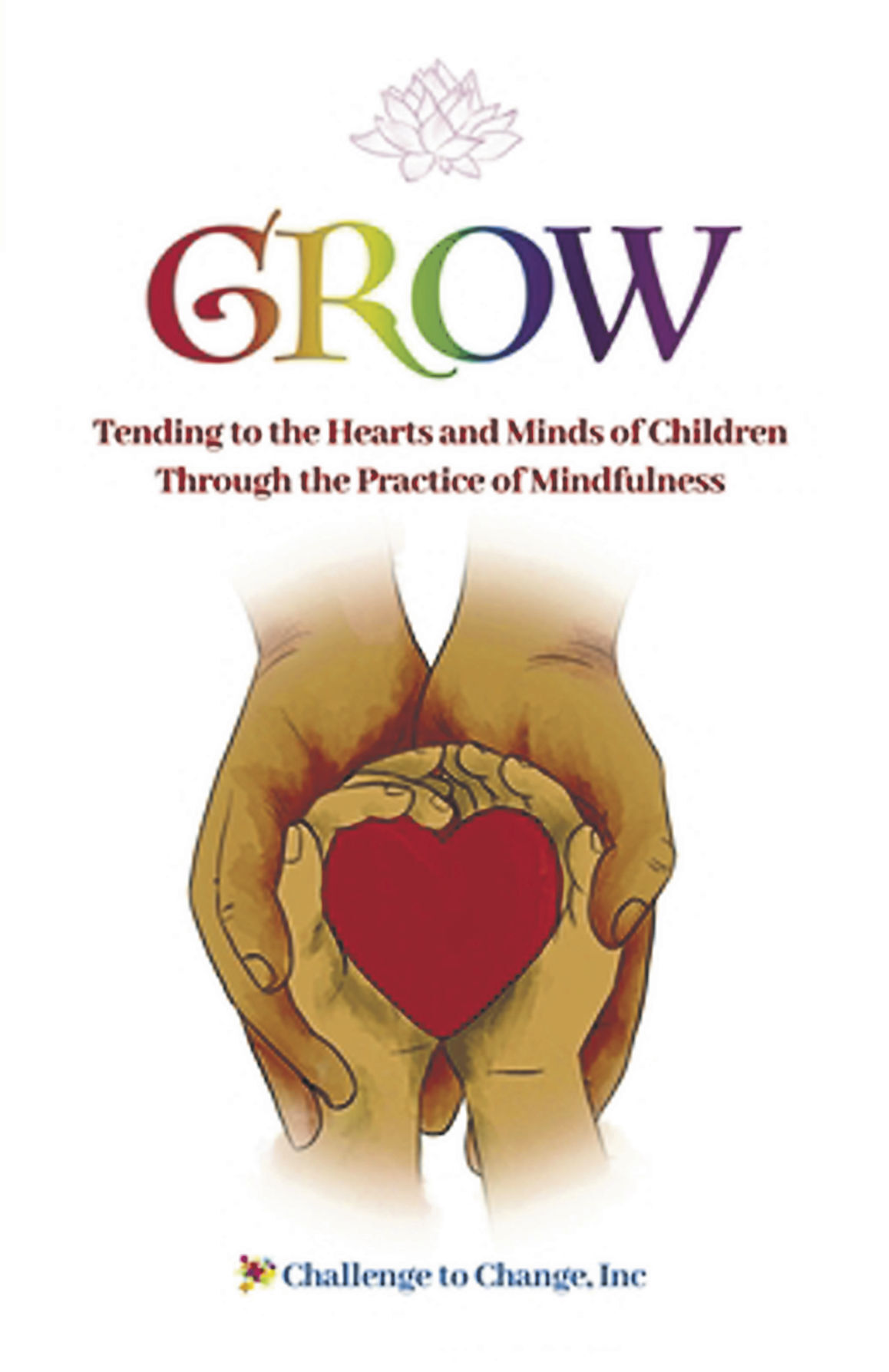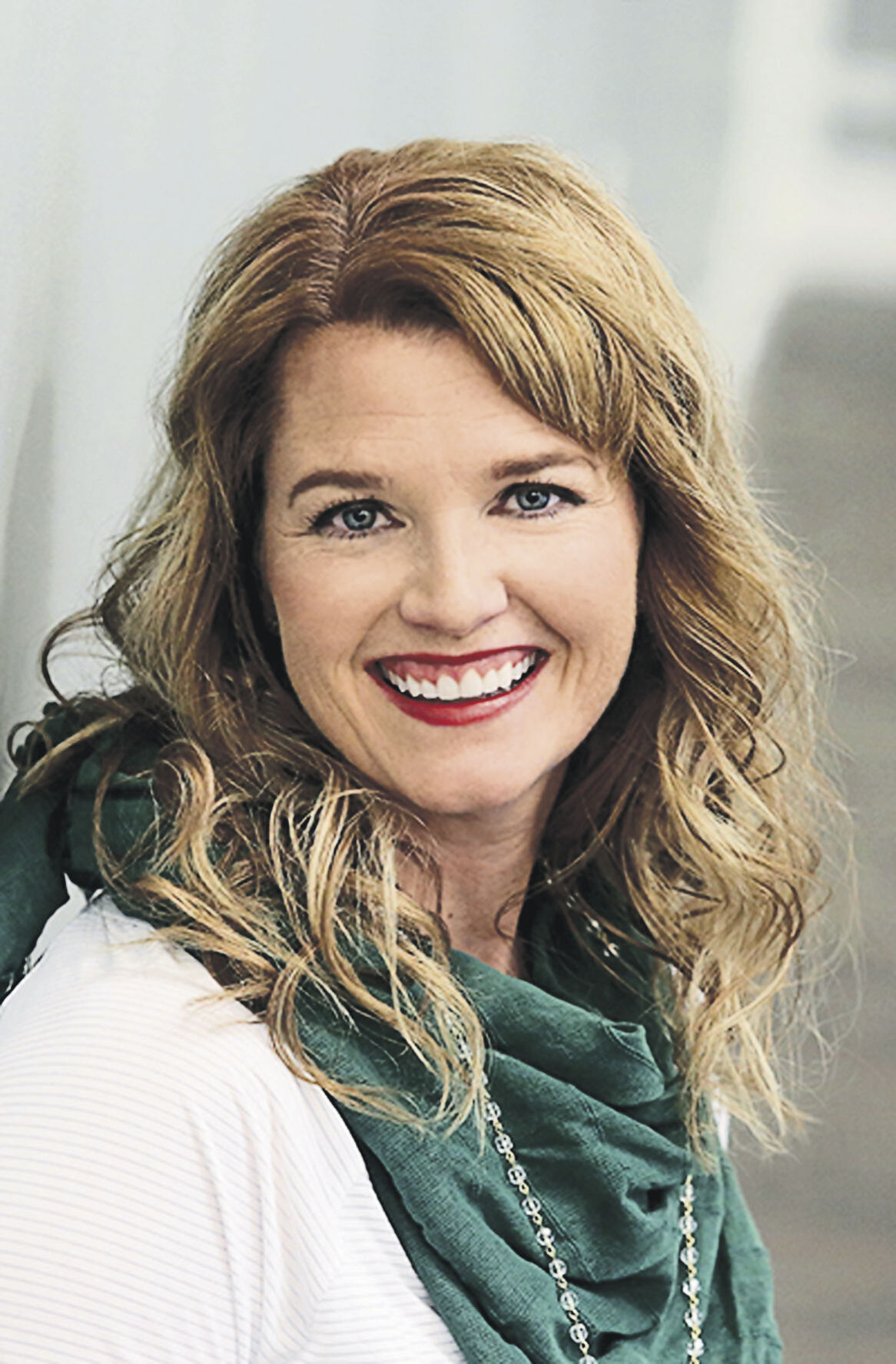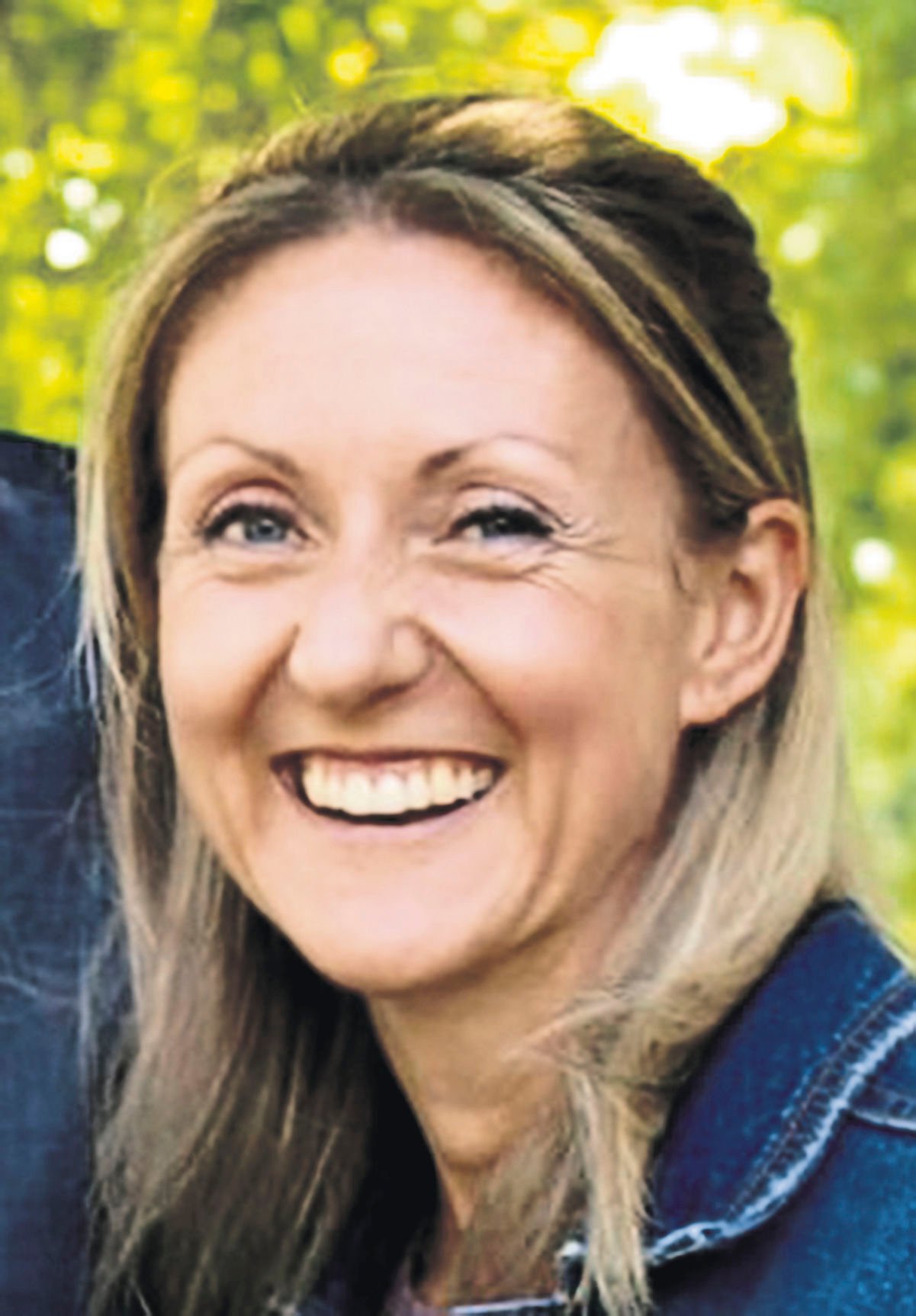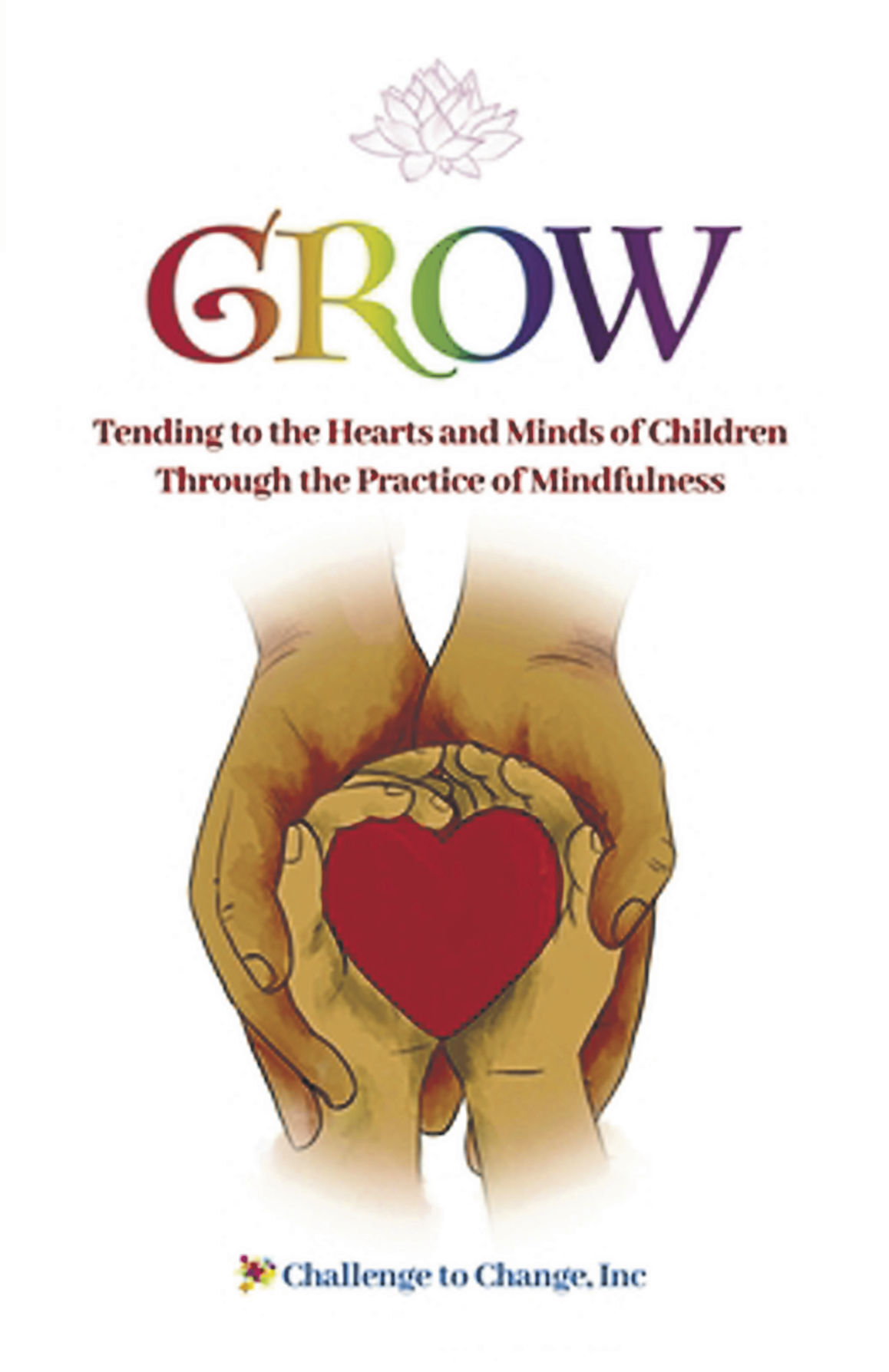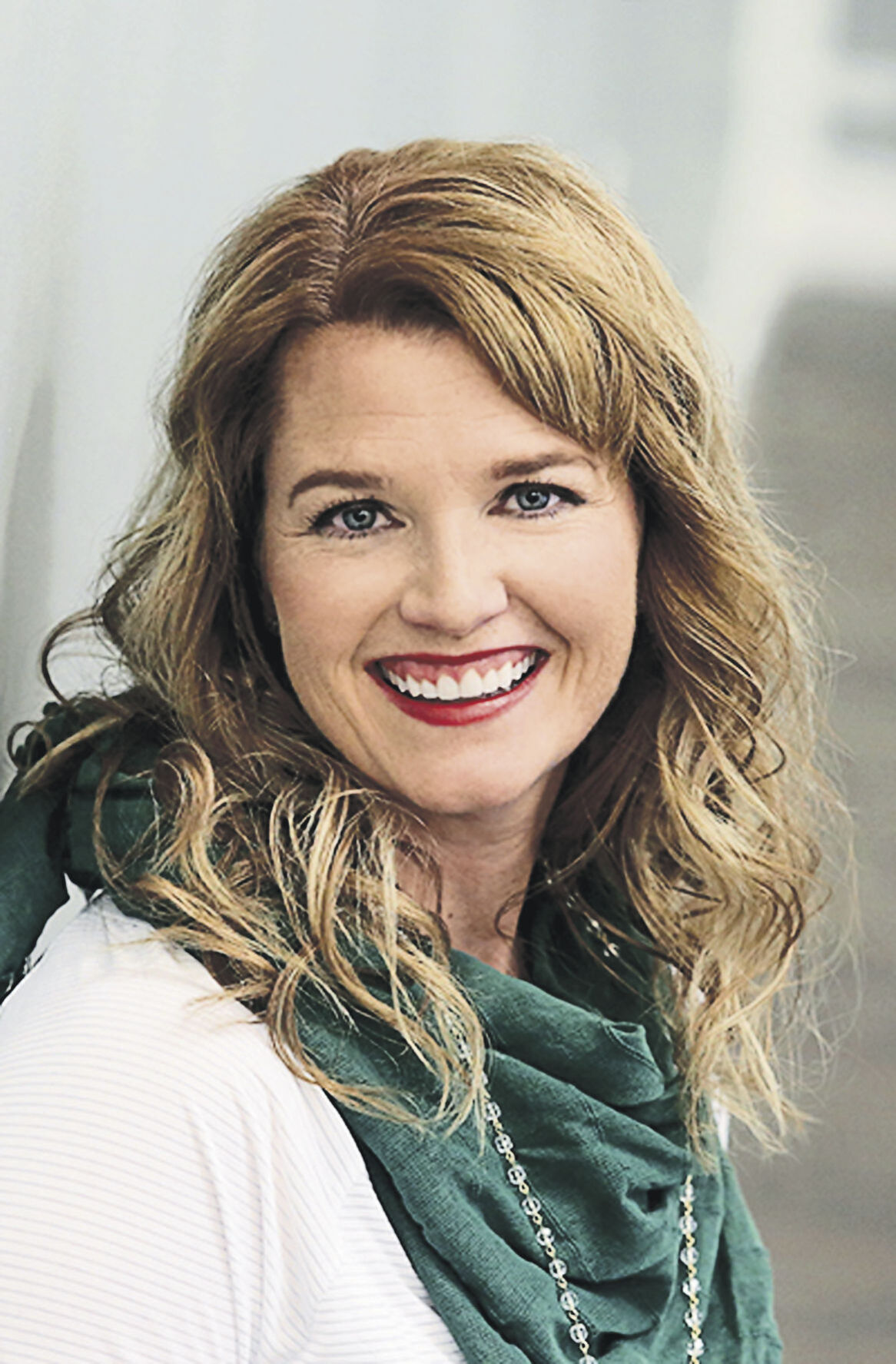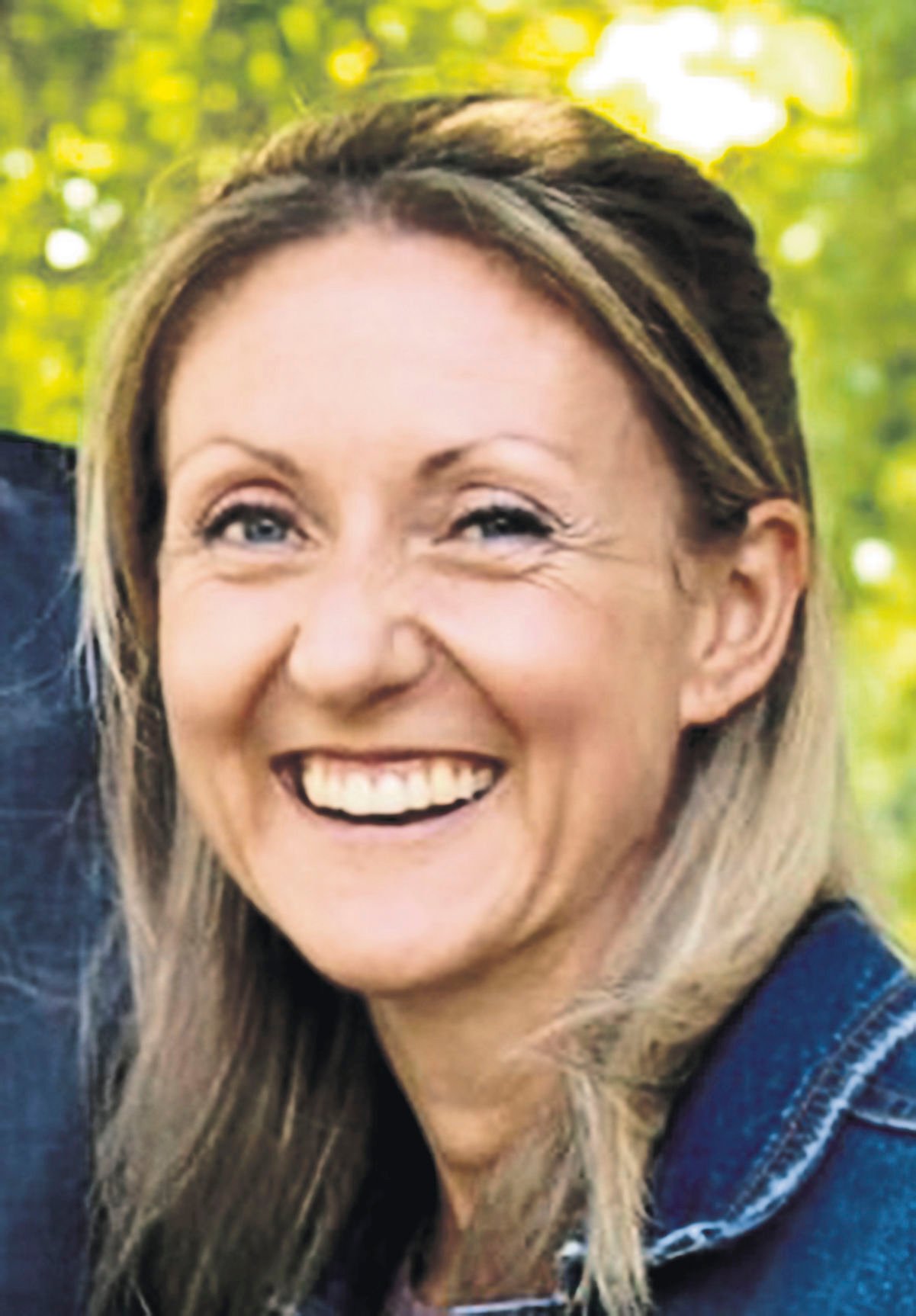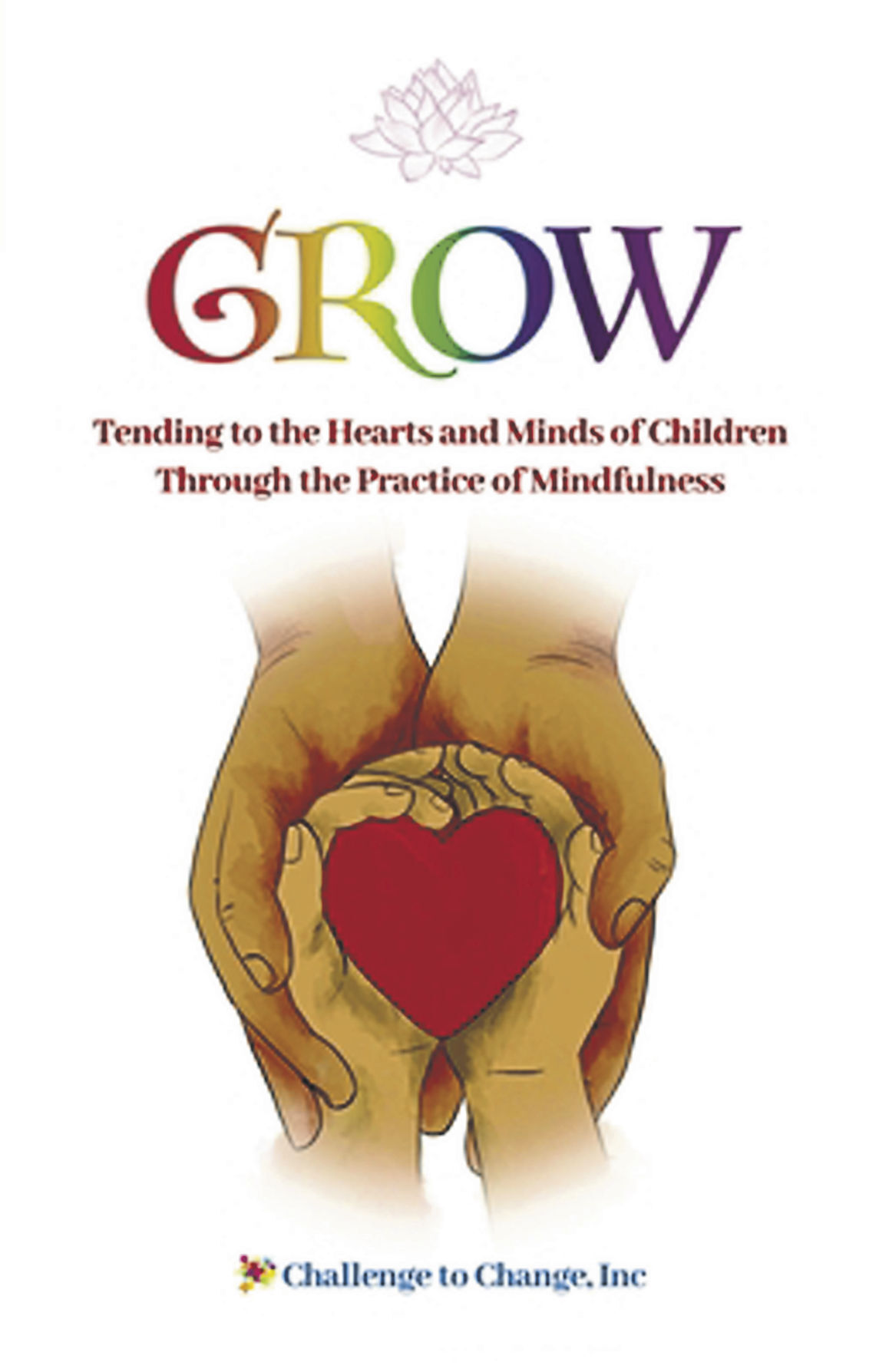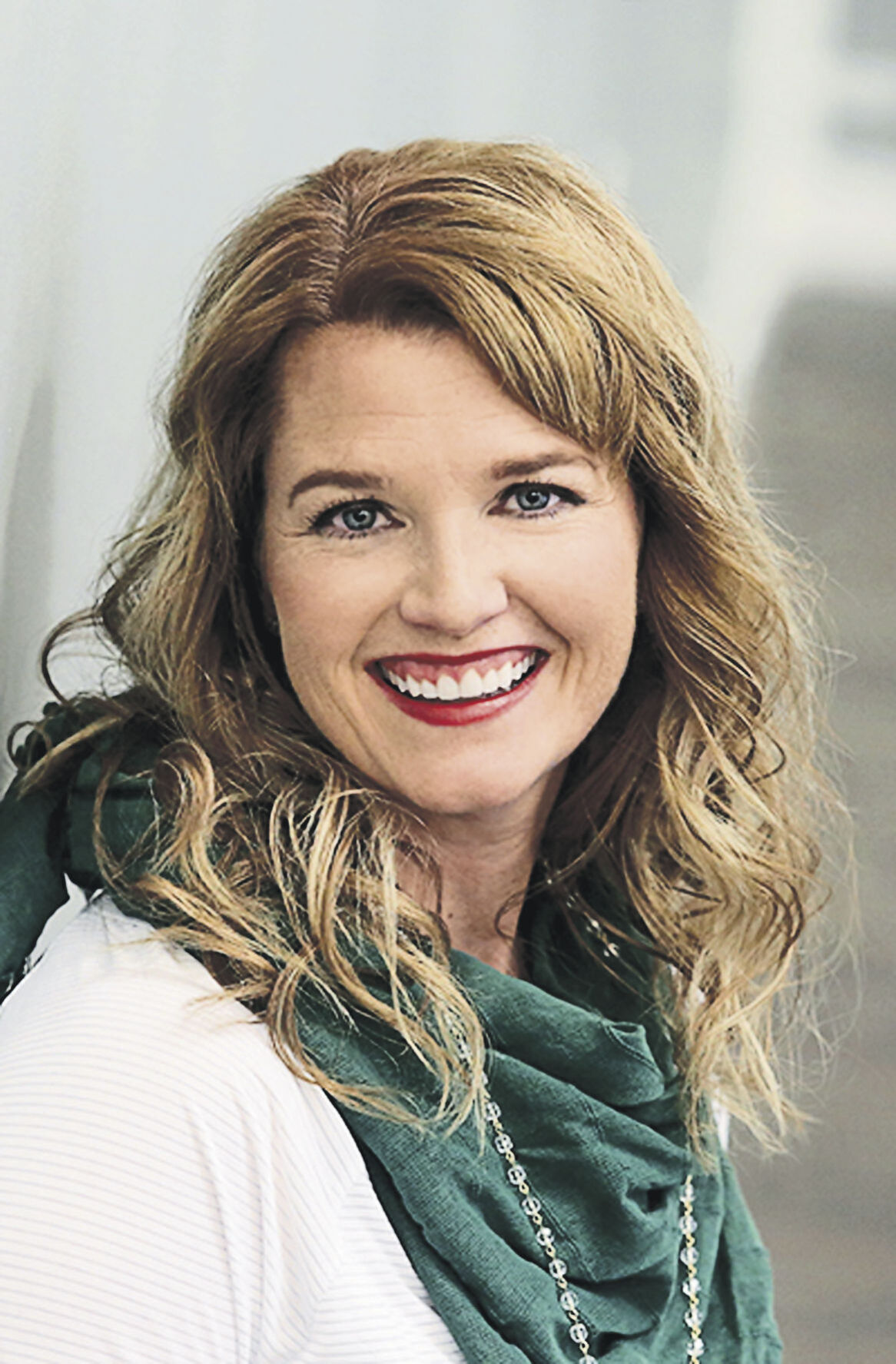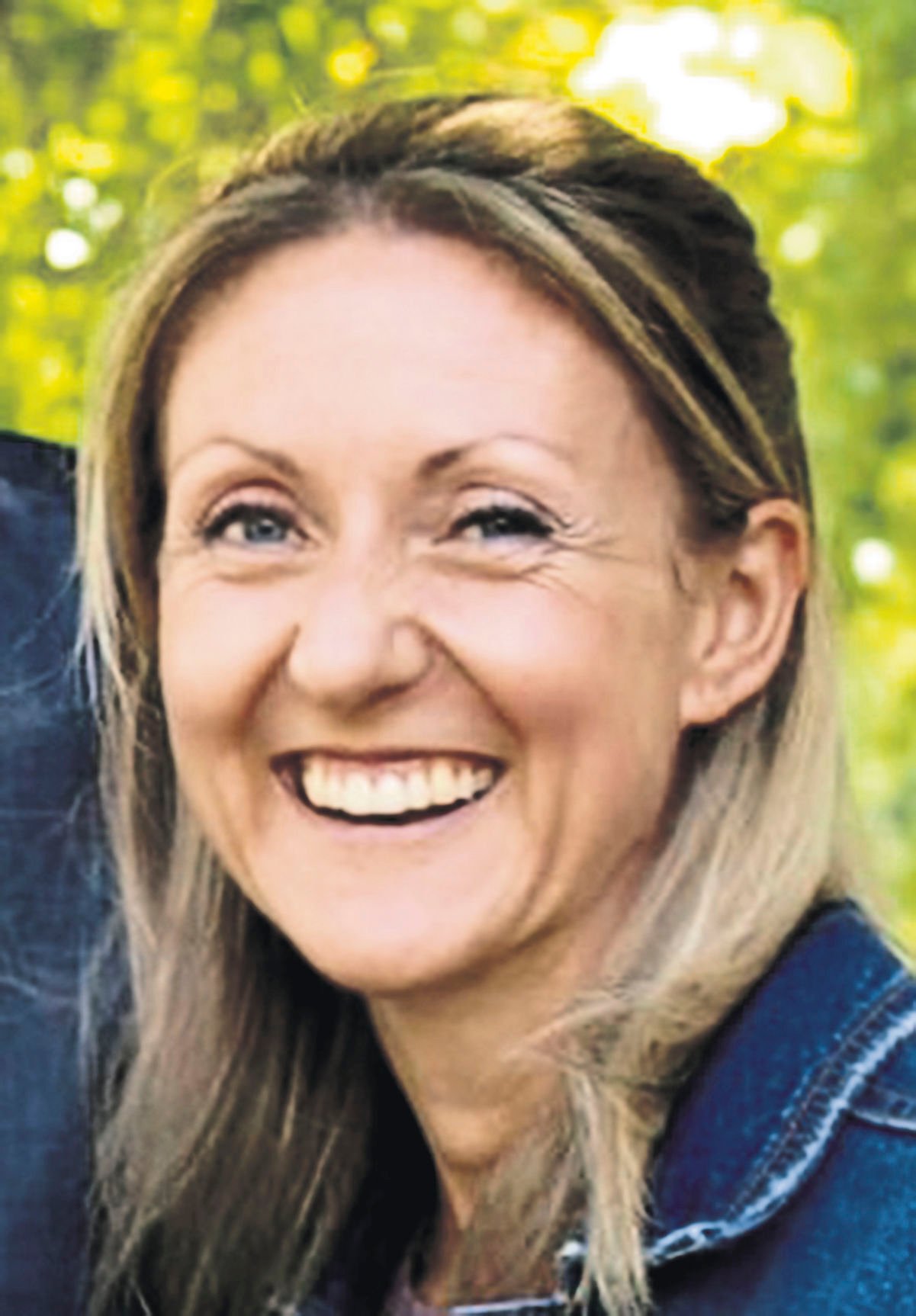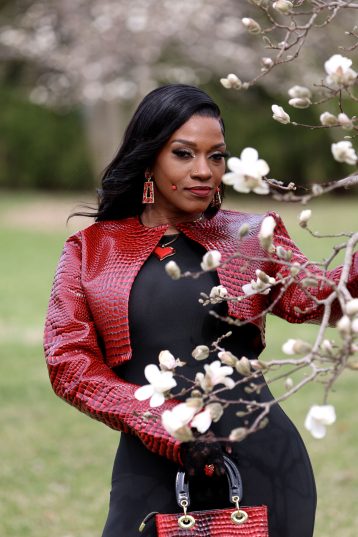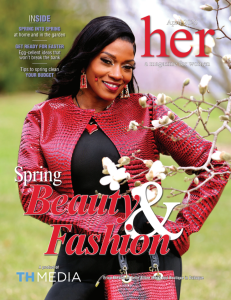Amid the quiet and peaceful space of Challenge to Change, you’ll find a Zen table with a silver ball tracing a beautiful lotus flower in the sand, warmly colored walls and sink-in-and-relax furniture.
But your eye immediately is drawn to a quote by the Dalai Lama on the back wall: “If every 8-year-old in the world is taught meditation, we will eliminate violence from the world within one generation.”
It is a lofty goal. But the authors of “Grow: Tending to the Hearts and Minds of Children Through the Practice of Mindfulness” hope to play their part in achieving it.
Challenge to Change’s founder and CEO Molly Schreiber and two of her staff — Melissa Hyde, Challenge to Change’s education writer and one of its yoga teachers, and Julie Strittmatter, content contributor for the company — wrote “Grow” so that teachers and parents could have a hands-on beginner’s guide to teaching mindfulness to young people.
Strittmatter, who relocated to Philadelphia last year to pursue her master’s degree in mindfulness, worked with Hyde over the phone during much of the writing process.
“She and I would sit on the phone with Google Docs open and go back and forth,” Hyde said. “Julie had created a book of mindfulness lessons, which I edited. So, when Molly and Julie wanted to write a book about mindfulness, I offered to become a part of it because that partnership Julie and I had with co-writing had worked really well.”
But what, exactly, is mindfulness? And how do you teach it to children?
In yoga and meditation, mindfulness is maintaining a moment-by-moment awareness of your thoughts, feelings, body sensations and surrounding environment, and doing it from a calm and gentle viewpoint. It also involves paying attention to your thoughts without judging them as “right” or “wrong,” just tuning into the present without dredging up the past or trying to imagine the future.
It’s a bit of a mouthful of a definition and one that even most adults would have to unpack and think about. So, what is the secret to opening up this world to kids?
“Their understanding of here and now is vastly different from that of an adult,” Hyde said. “The first thing I do is have them come to their breath, because for them, that is here and now. Bringing that calm to them and building in some sensory awareness.”
Schreiber said explaining mindfulness in age-appropriate ways is key to getting children to understand what they’re trying to achieve through mindfulness.
“We tell them the breath connects everything,” she said. “We have a saying with the kids: “Your smart mind is connected to your kind heart so you can have a calm body.” And the gateway to that is through breath.”
The first four chapters of “Grow” are about taking one’s own mindfulness journey before teaching it to children. Hyde, who teaches mindfulness to future teachers at Clarke University as an adjunct instructor, said practicing mindfulness and self-care is imperative.
“You have to believe it and practice it and love it for yourself before you can effectively teach it,” she said. “But that’s teaching anything, right? We wanted this to be a book that was easy to understand and user-friendly. And then once you’ve internalized it for yourself, then you can teach it to young minds.”
Schreiber and her Challenge to Change curriculum has been in Dubuque schools for over four years. The pandemic put a stop to in-person teaching, but the program will slowly begin gearing up again this year, starting with Fulton Elementary School.
“Initially, I had teachers approaching me and asking me just to come into their classroom and do things,” she said. “Then the school district approached me and said, ‘How can we work together?’ With that partnership, we just hit the ground running.”
The Challenge to Change program is in more than 200 schools across the country, either in-person or virtually. Schreiber also recently introduced a licensure program, which provides training for a teacher who can then go back to their school district and instruct others on how to teach mindfulness.
A recent Kansas University study on mindfulness and meditation made mention of Challenge to Change. Schreiber and her staff are also busy working on their CASEL (Collaborative for Academic, Social and Emotional Learning) certification, which will bring the program wider recognition.
Hyde said parents or teachers who read “Grow” and try sharing mindfulness with their children or students shouldn’t be disappointed if there isn’t wild enthusiasm at the beginning.
“Non-participation is a form of participation,” she said, citing how kids with trauma might have some reluctance to join in. “They’re saying something, and you just have to respect that.”
Hyde said she particularly remembers a young boy who adamantly refused to take part in her class.
“He was stomping around and angry,” she said. “Other kids were ignoring him. I just kept teaching and you could tell he was interested. The less I pushed him, the more he came in. Just let them come to it on their terms because it is something new and it’s quite vulnerable.”
Schreiber said the book is an easy primer for adults who are interested in learning about mindfulness for their own benefit, and in passing that knowledge along to children.
“It’s very straightforward and easy to read,” she said. “Adults can share it with kids. It’s really for any parent or teacher or anybody who is interested in working on mindfulness with children.”
“Grow: Tending to the Hearts and Minds of Children Through the Practice of Mindfulness,” is available at River Lights Bookstore, 1098 Main St.
Michelle London writes for the Telegraph Herald.

